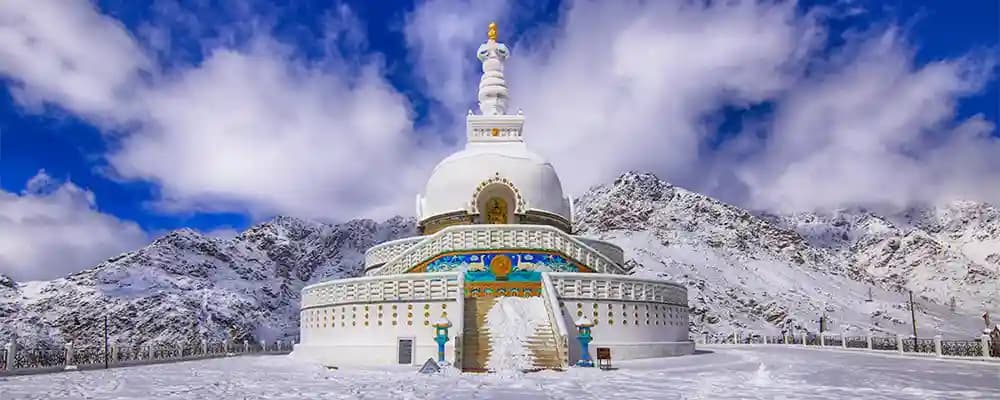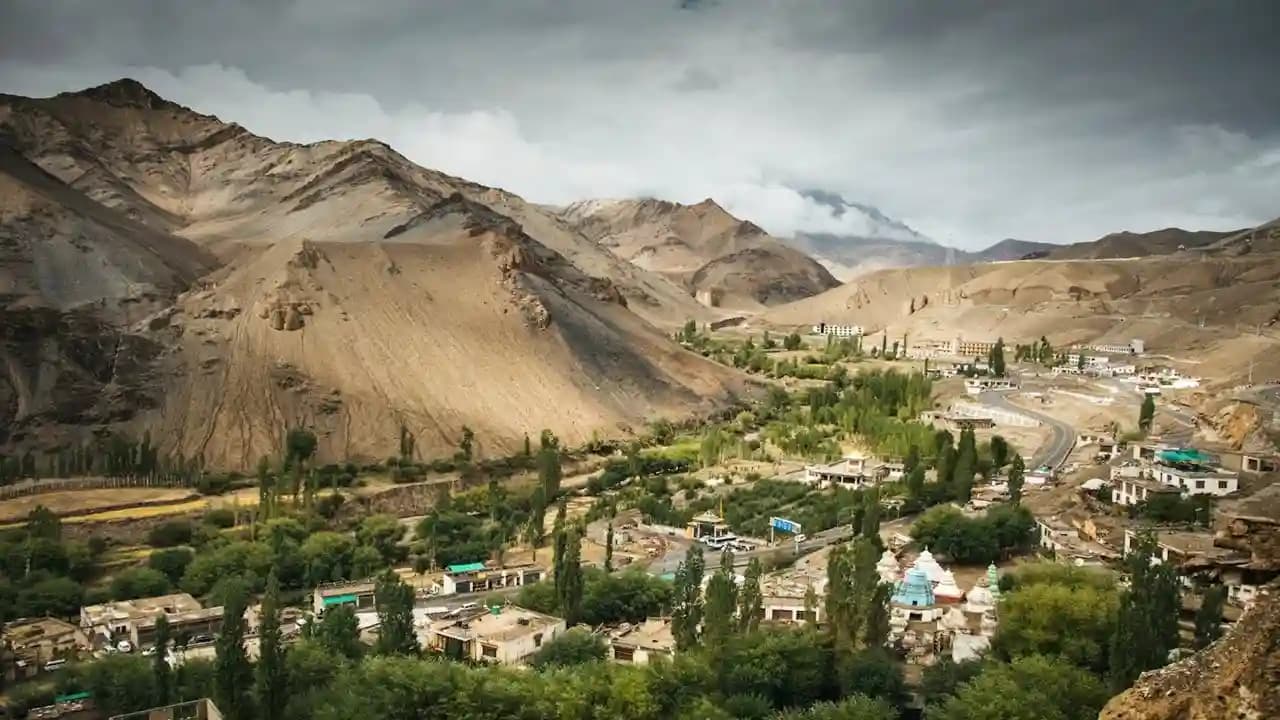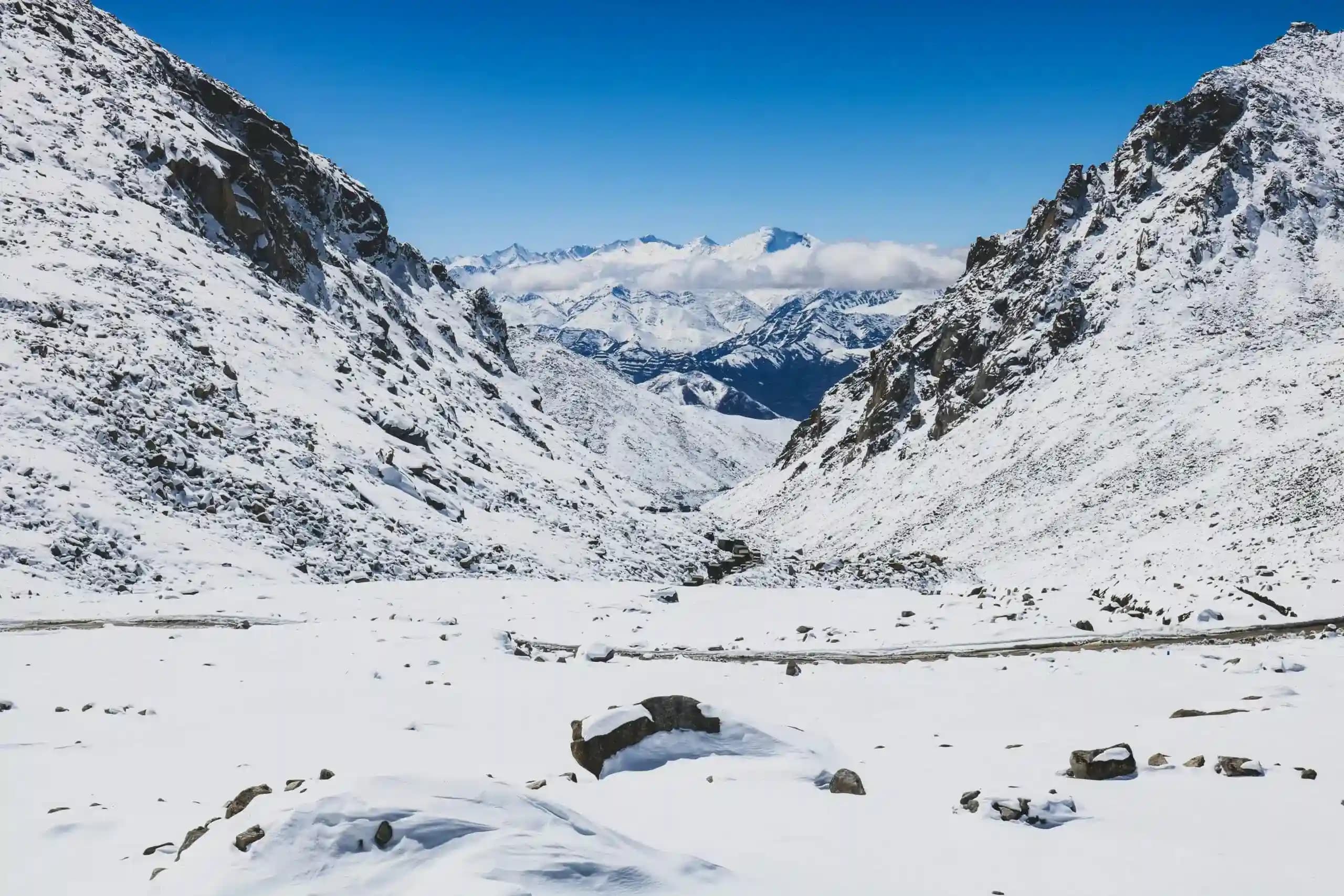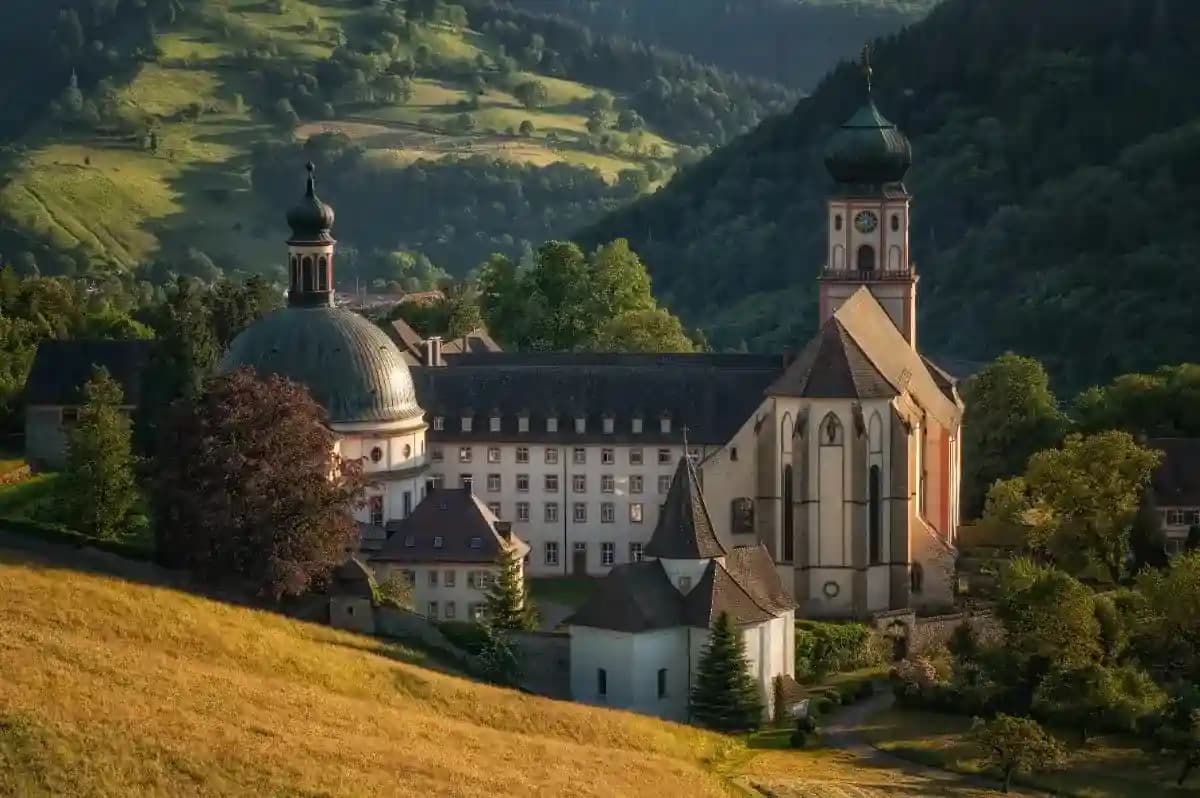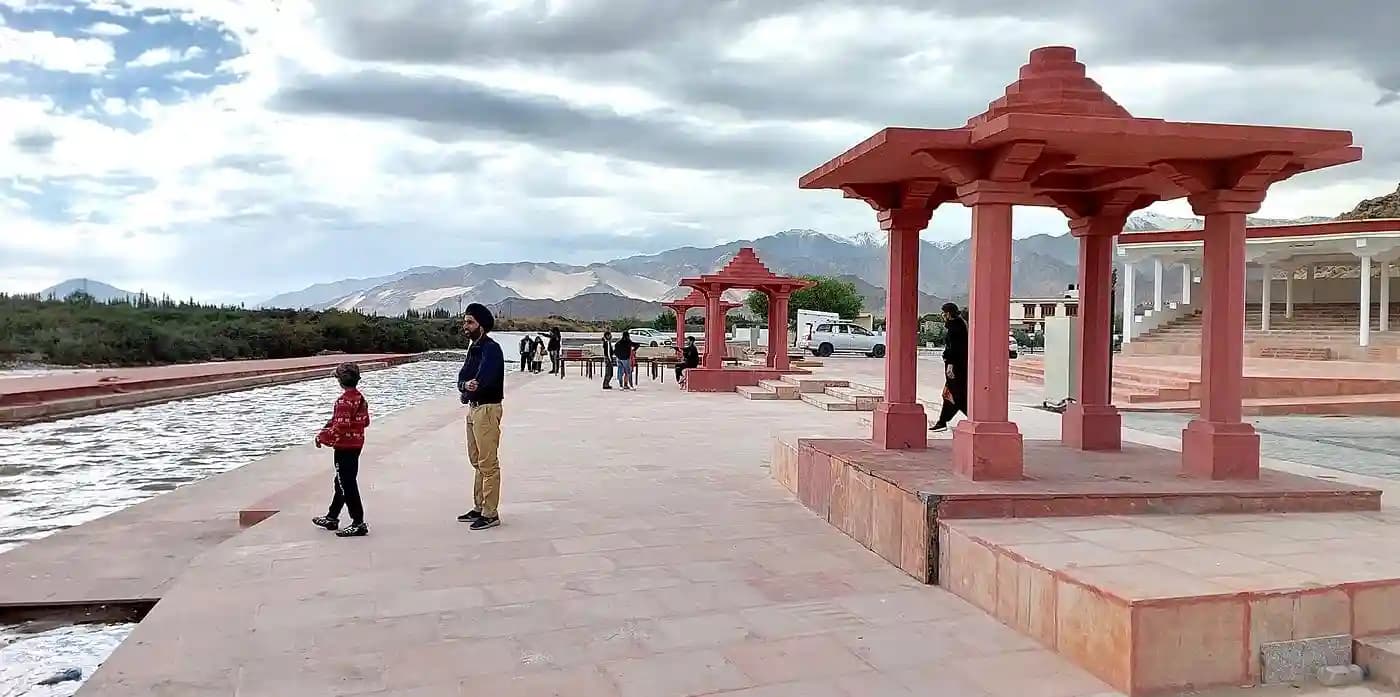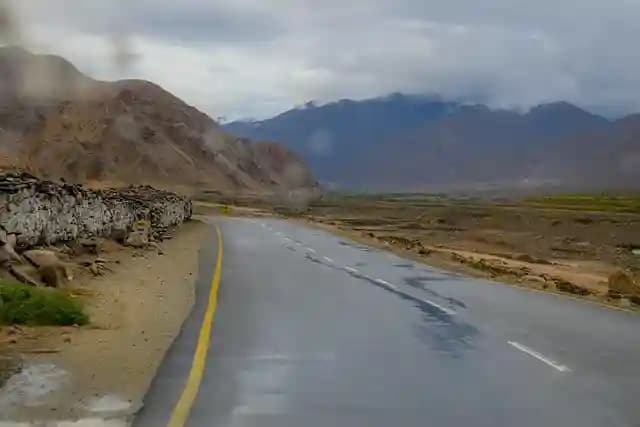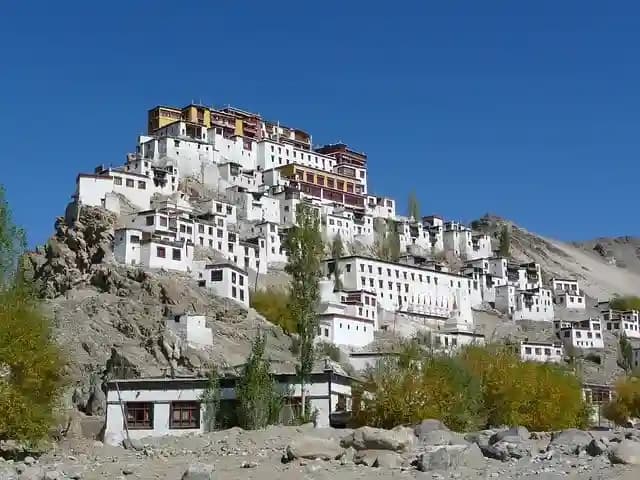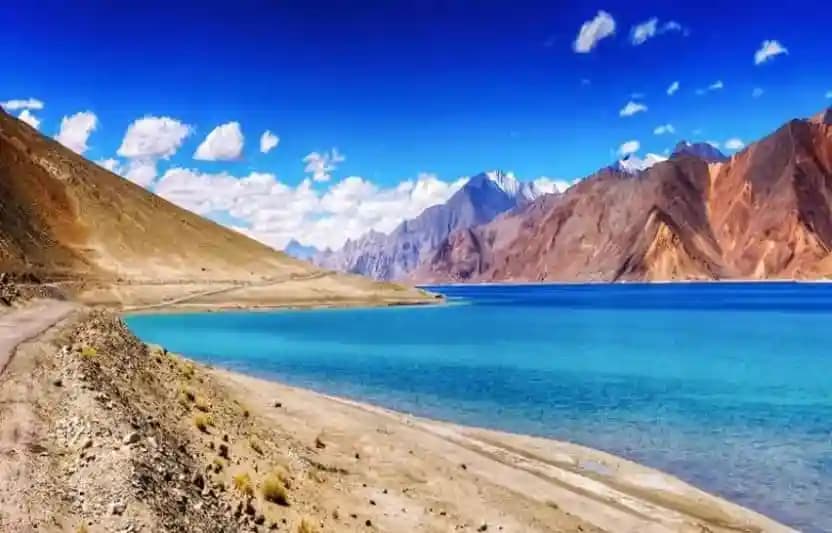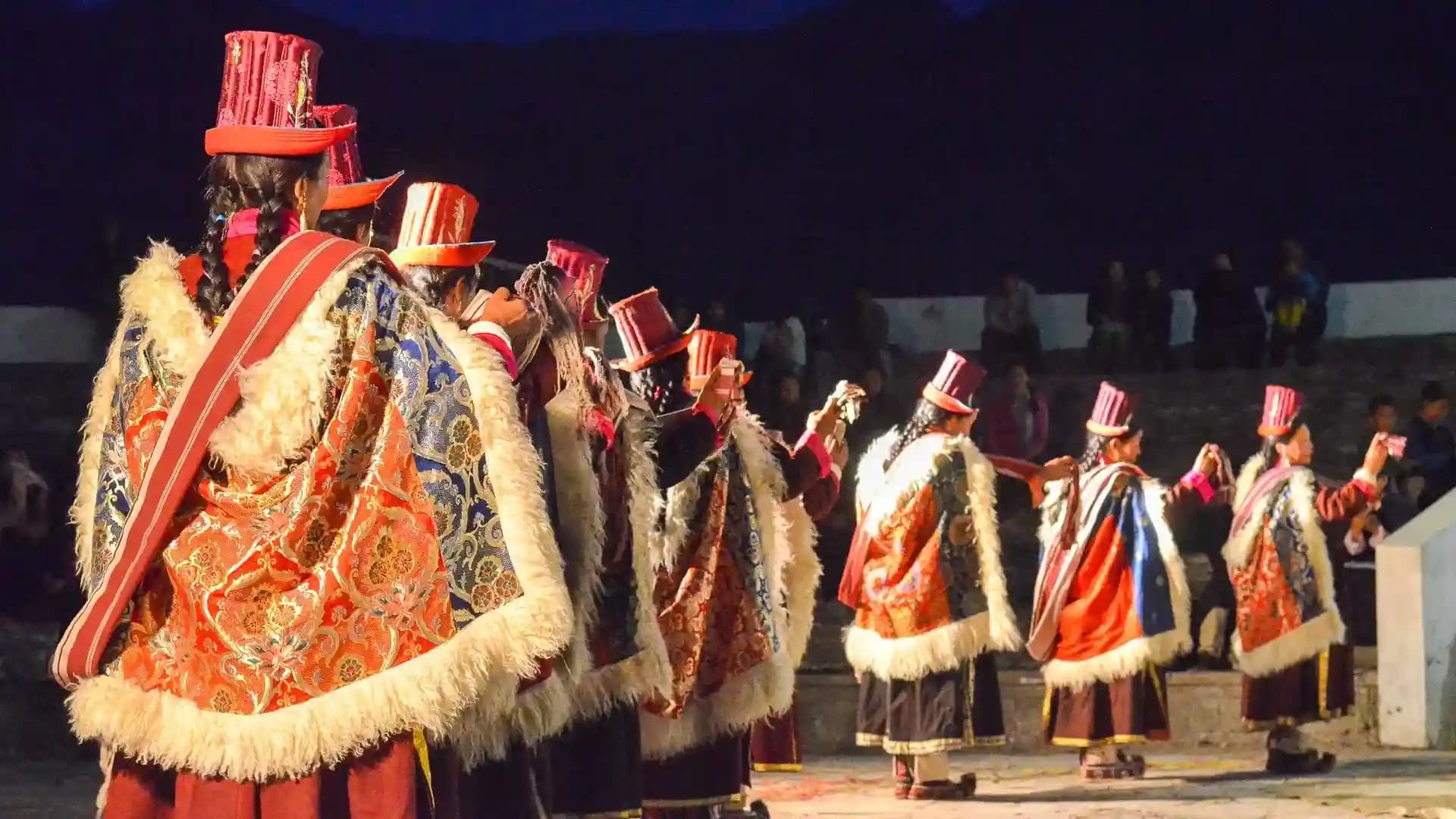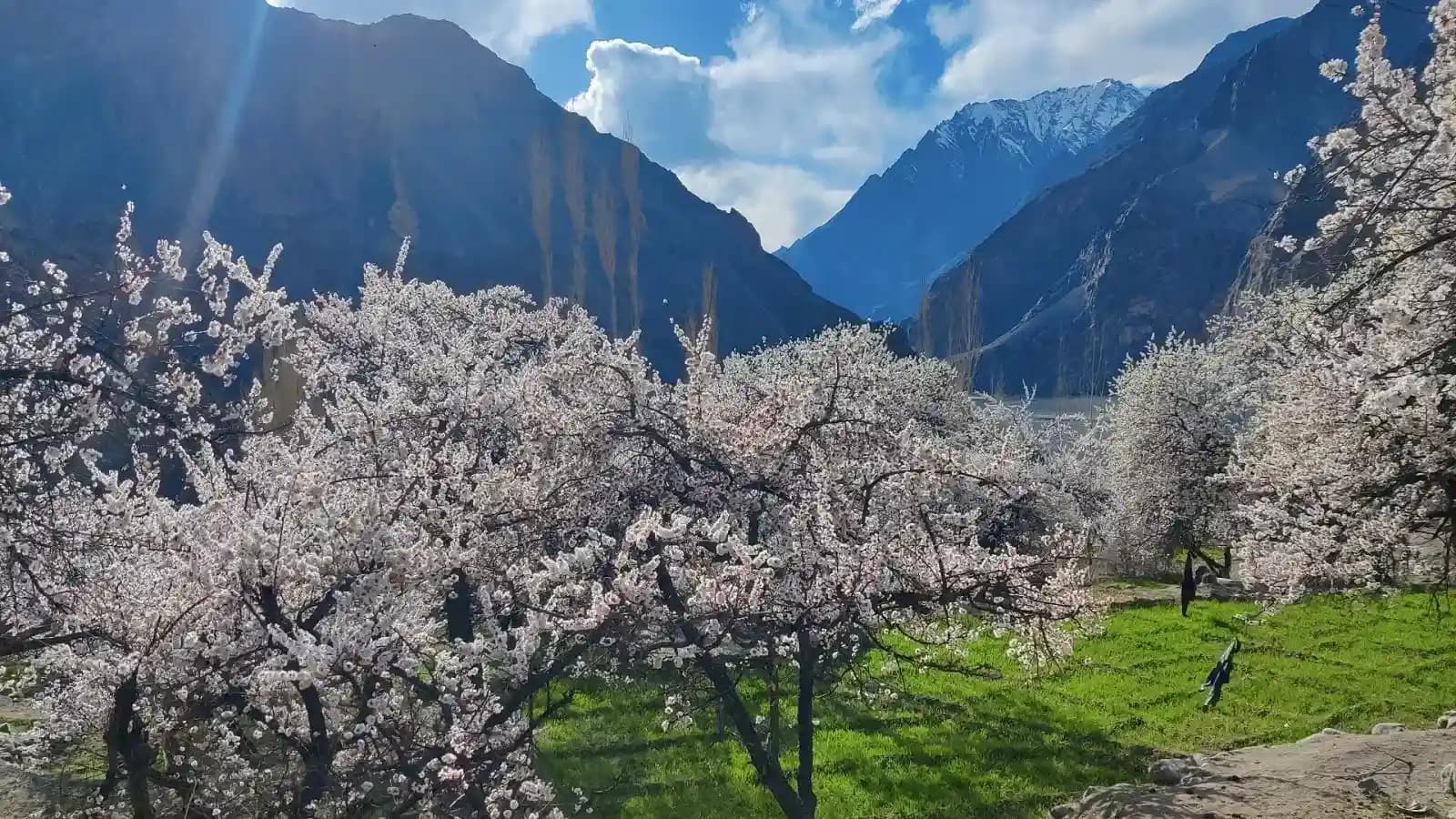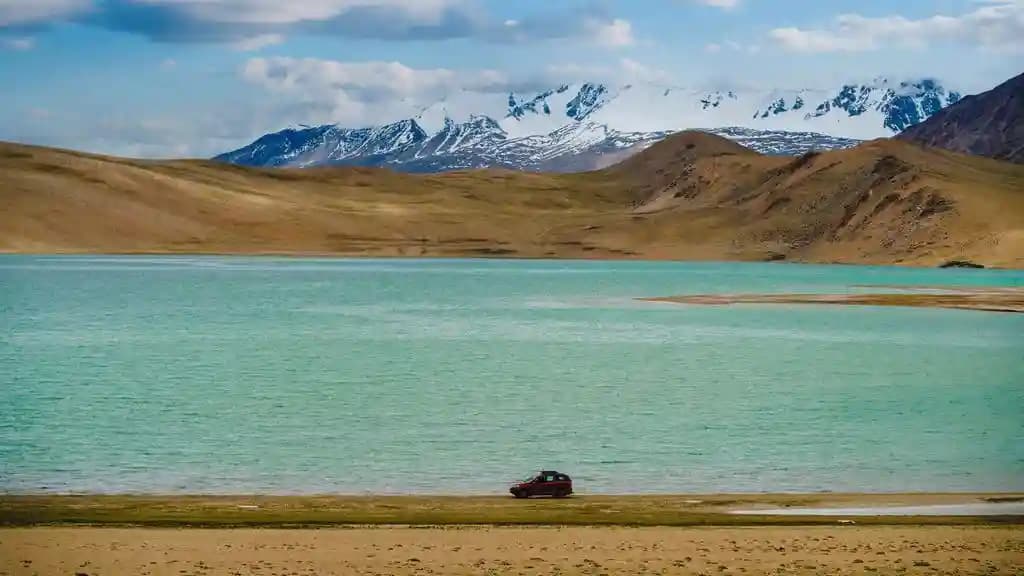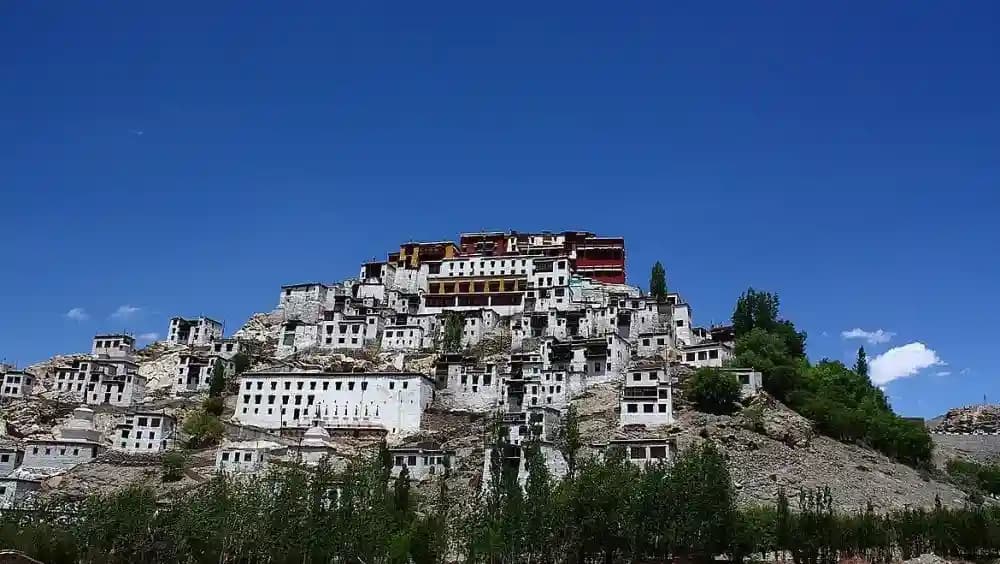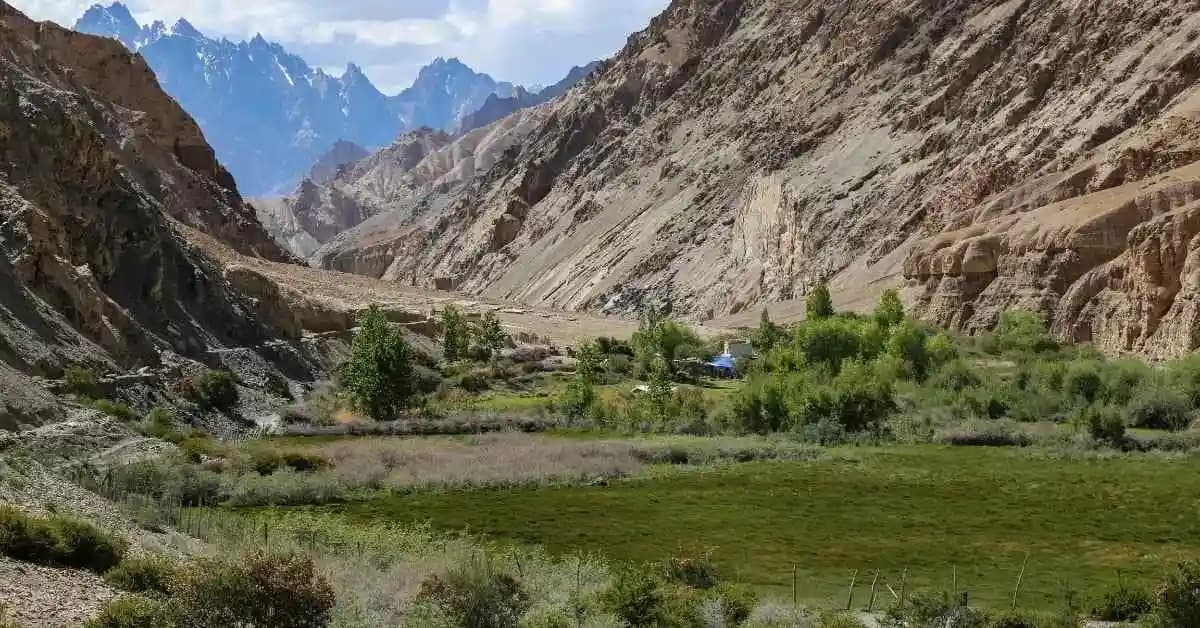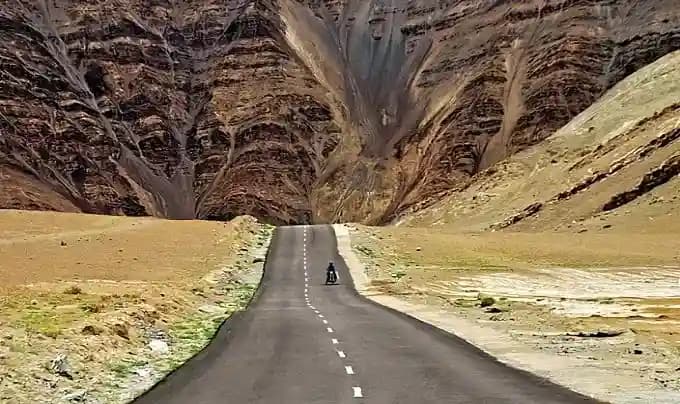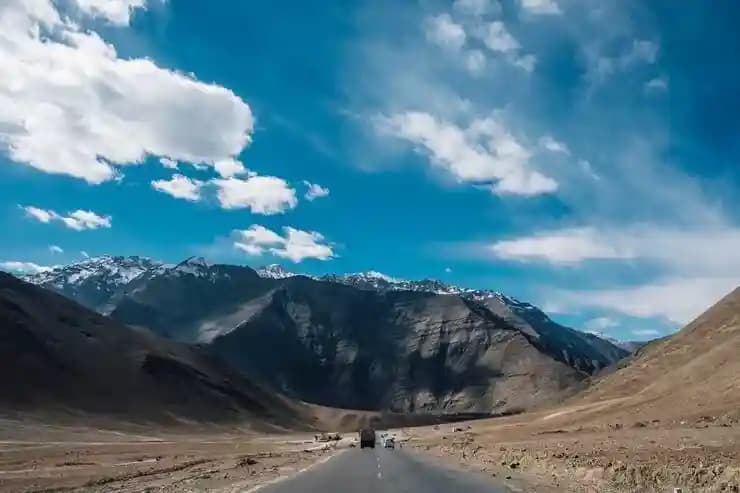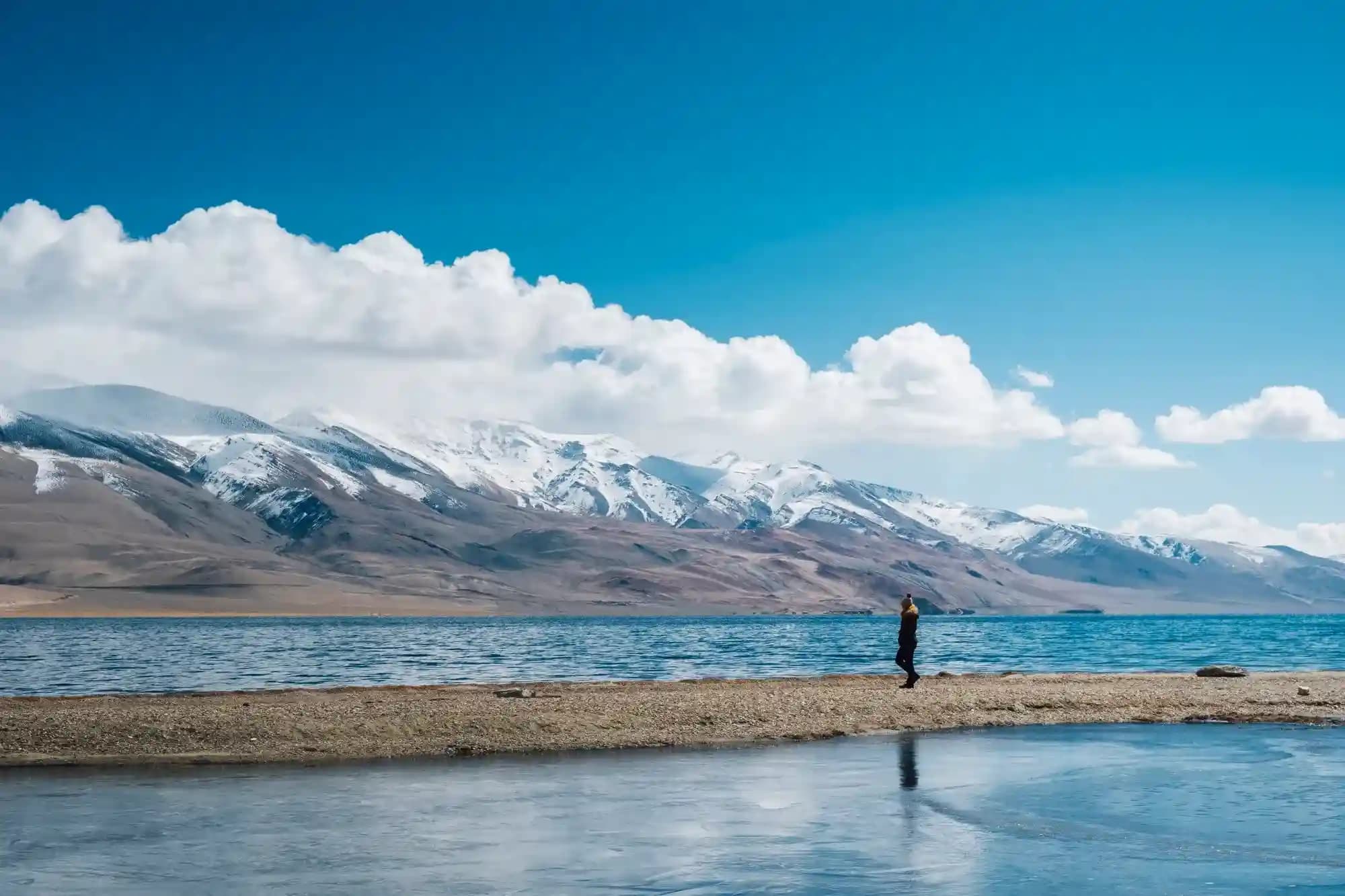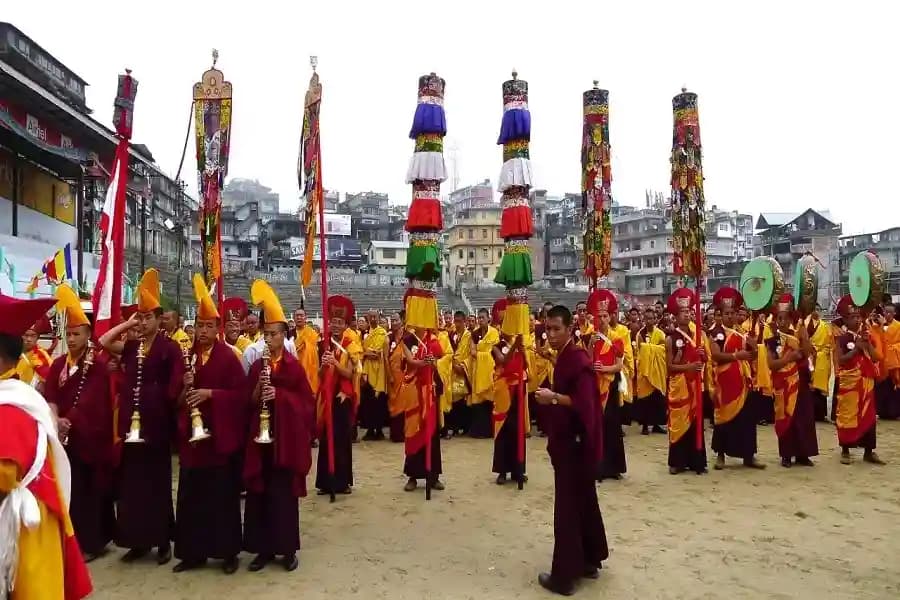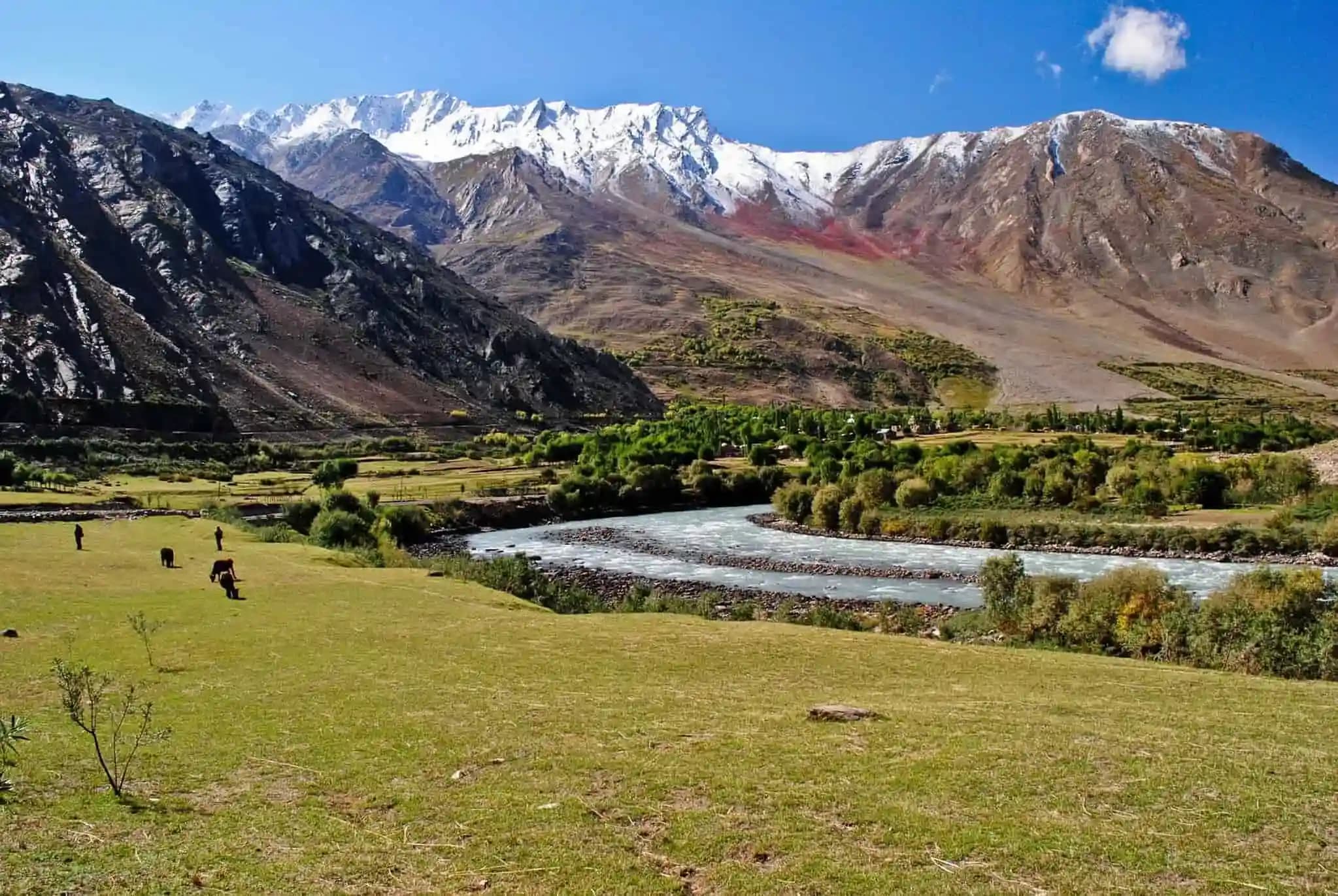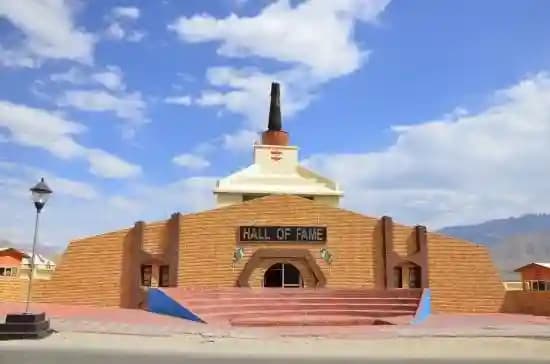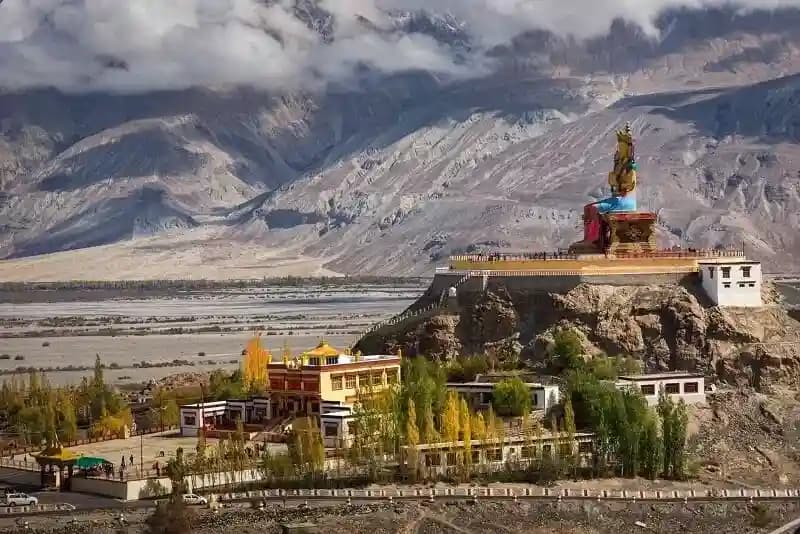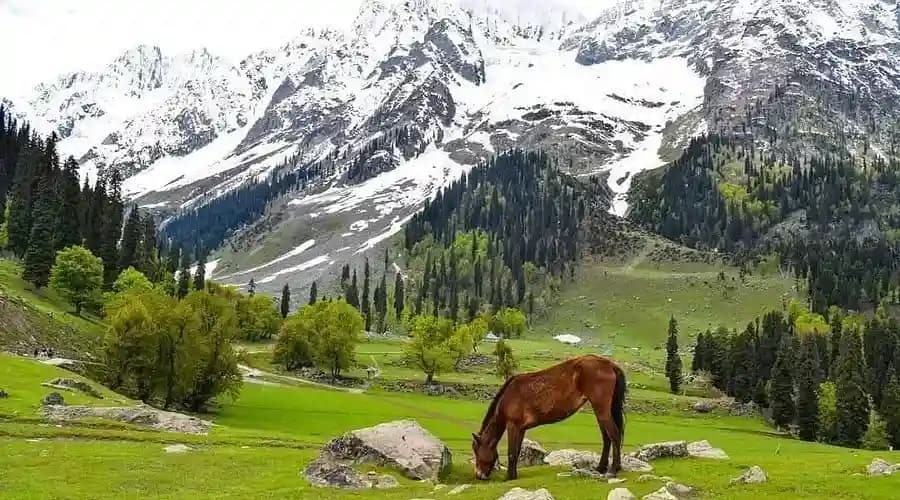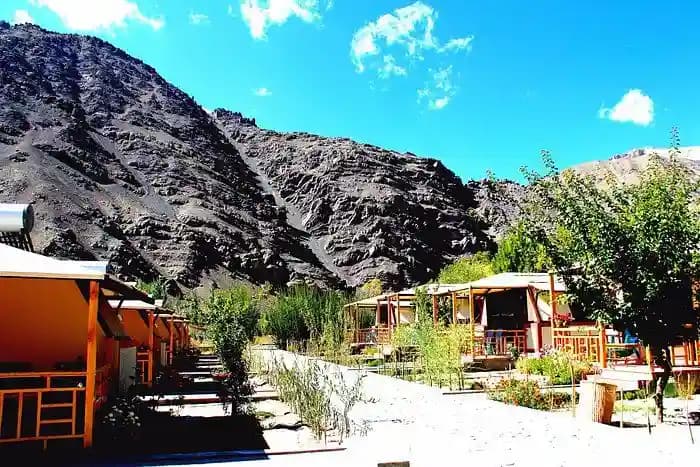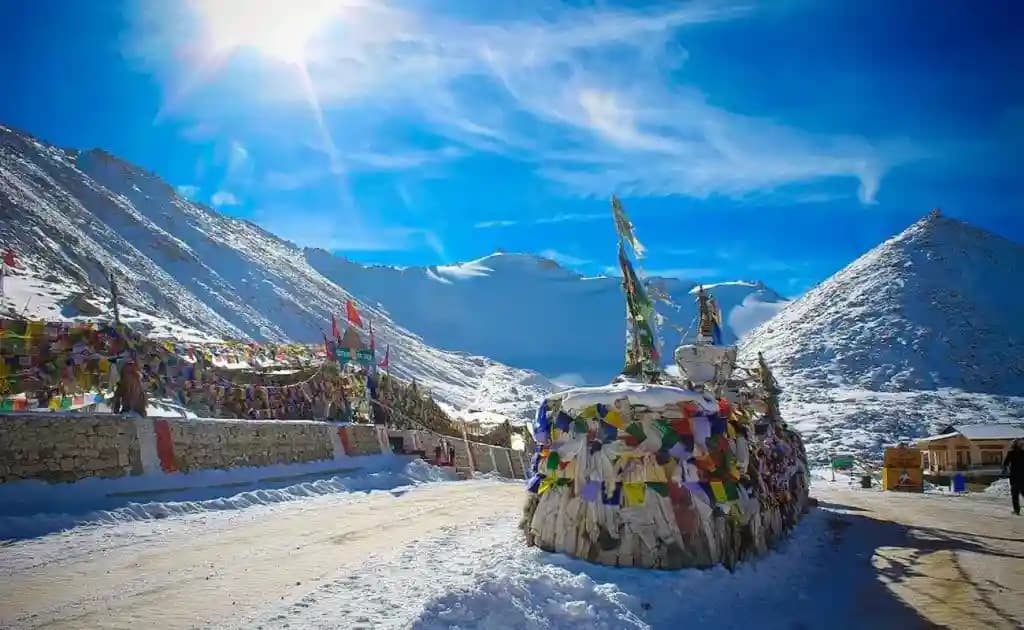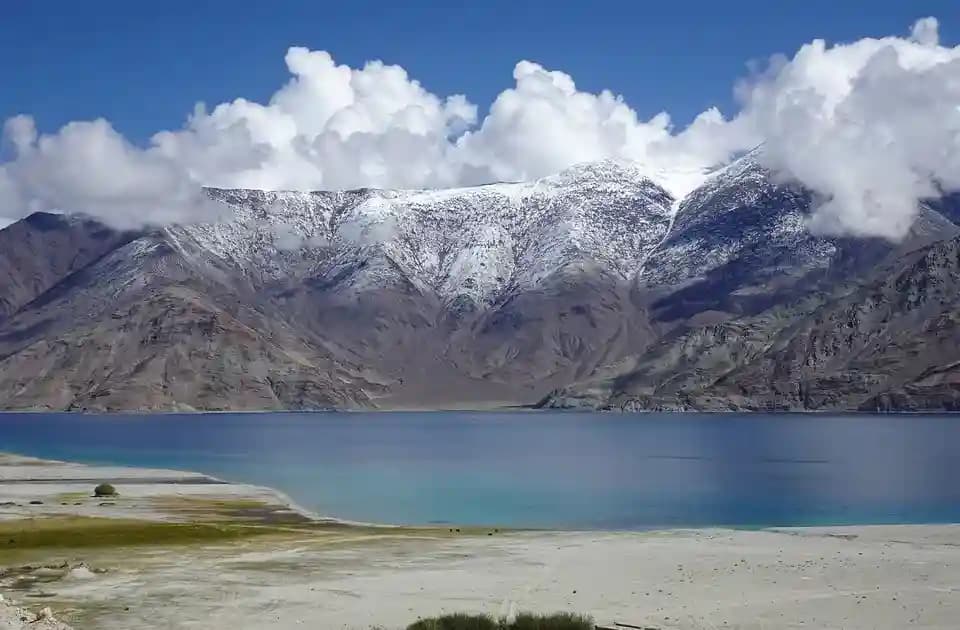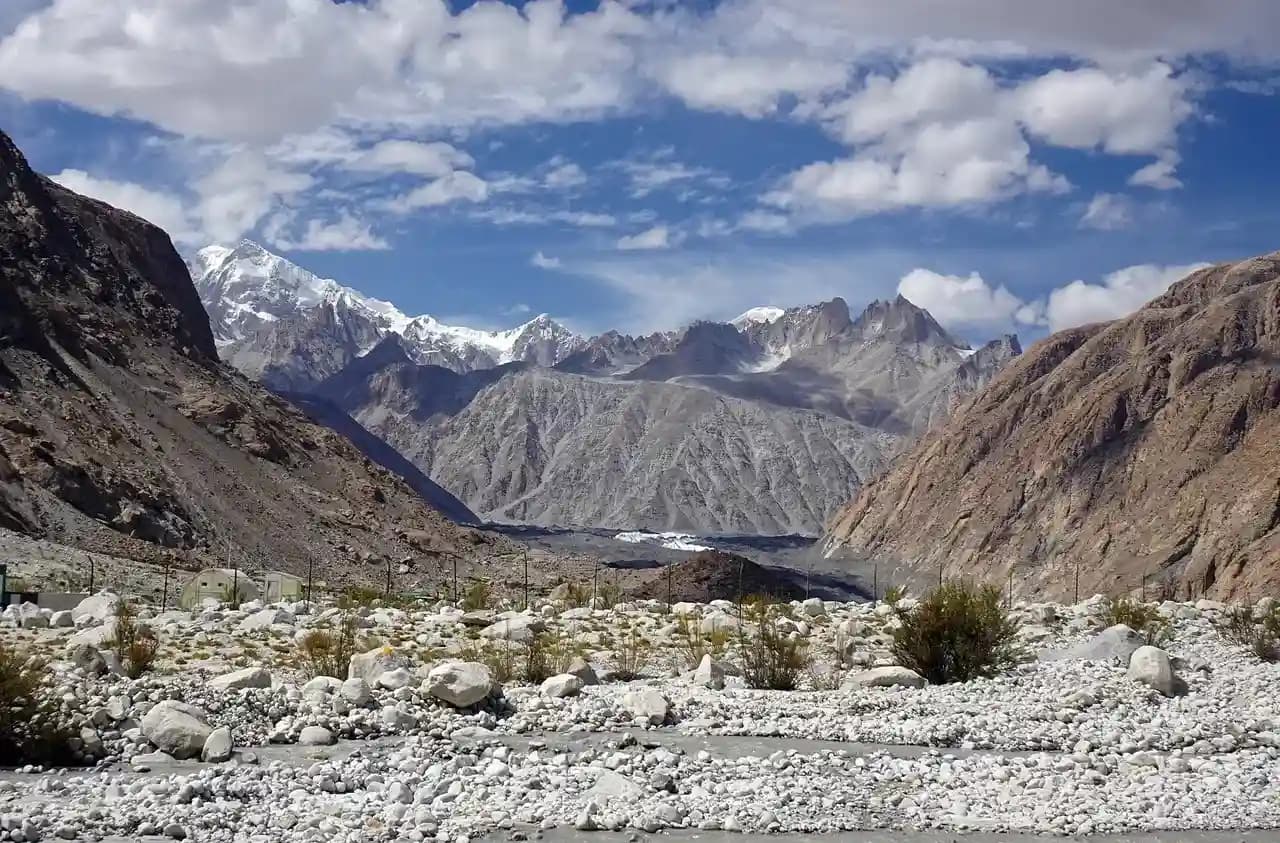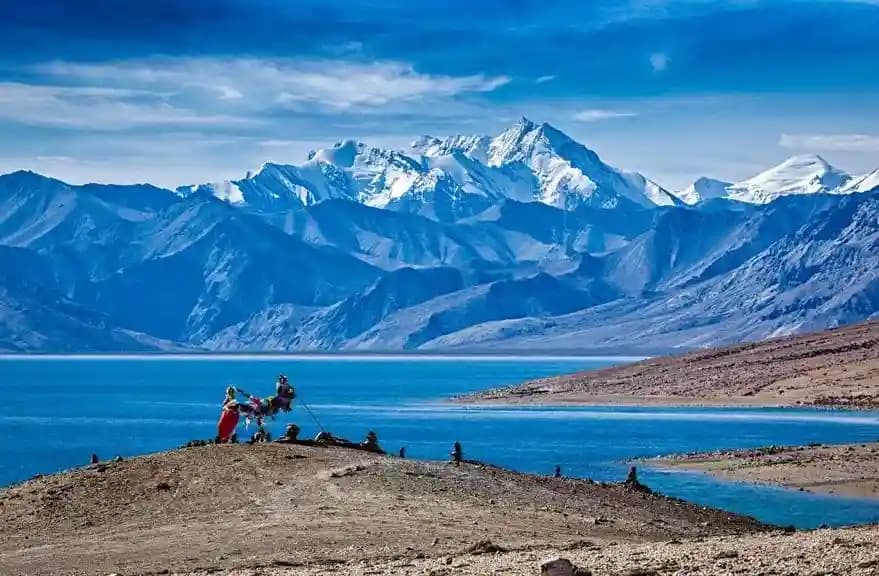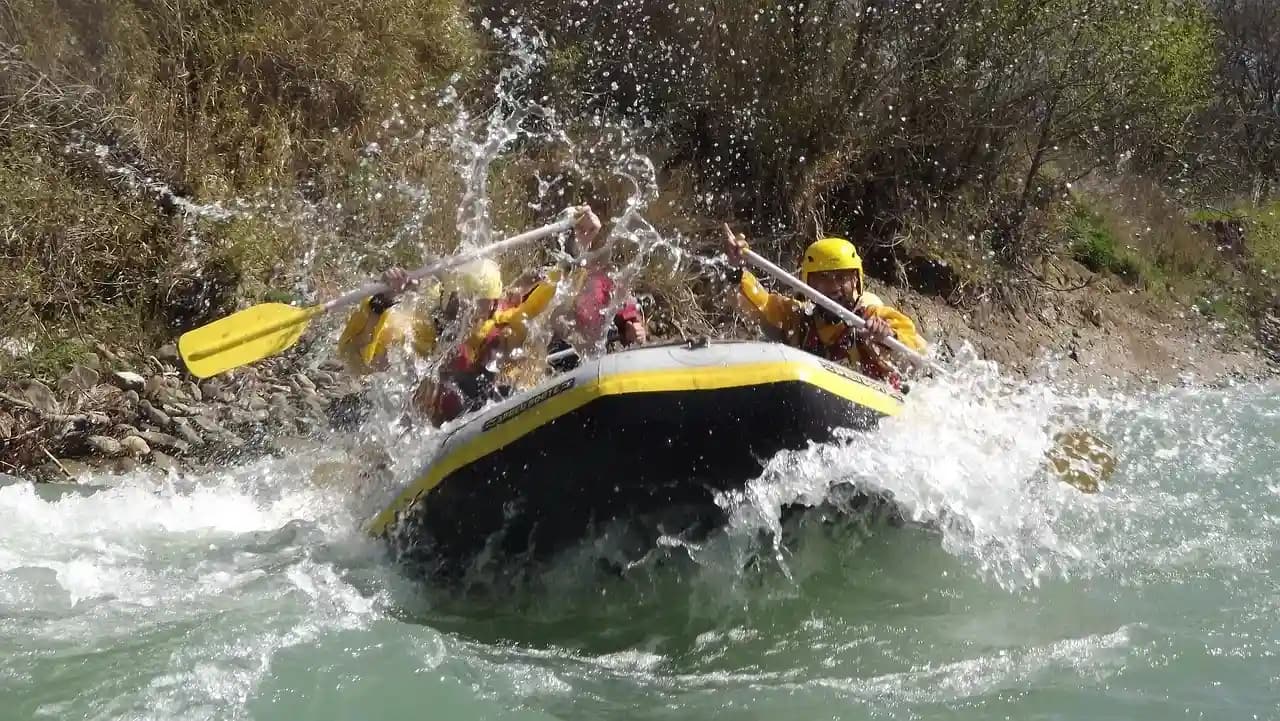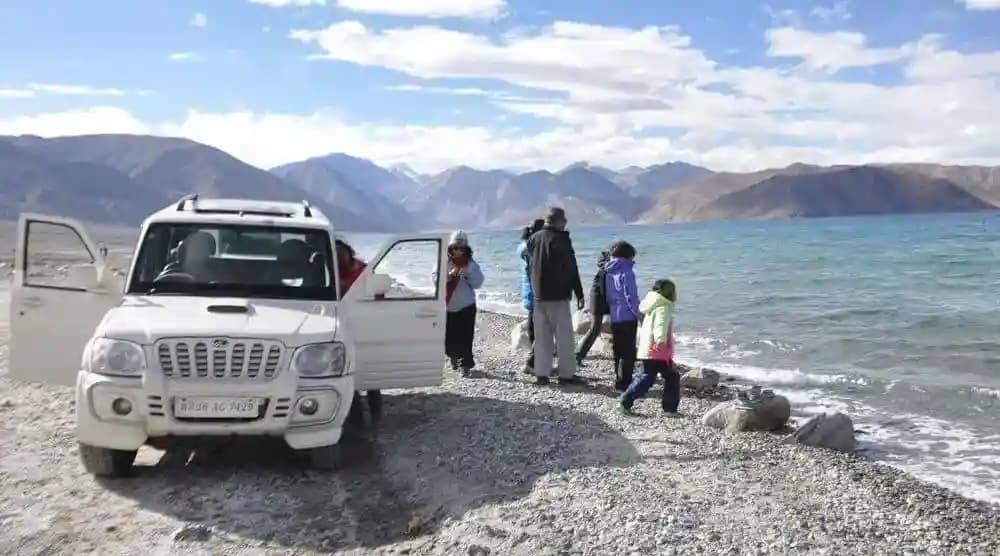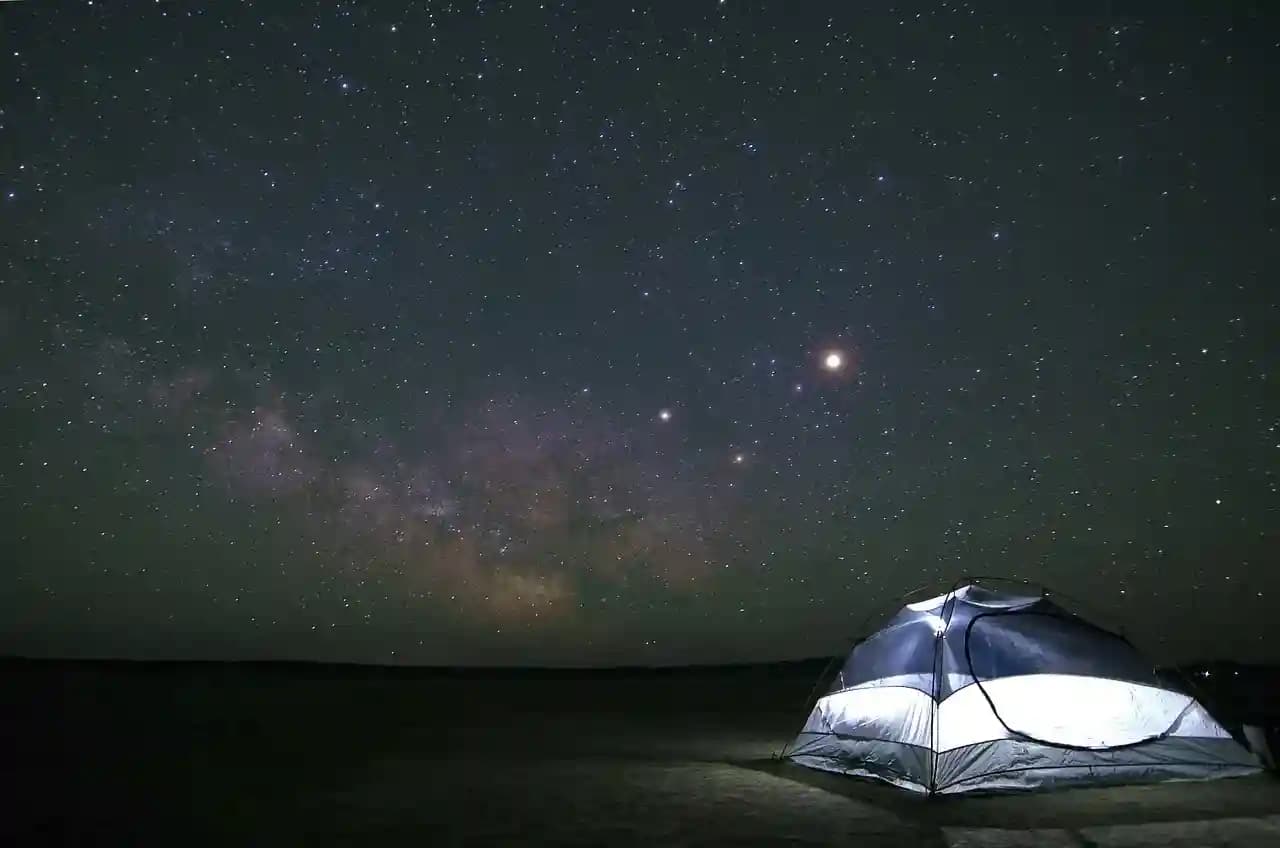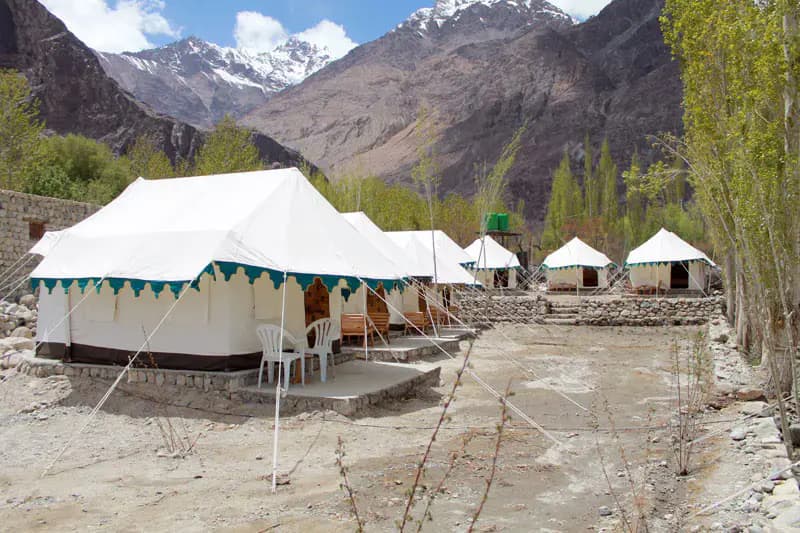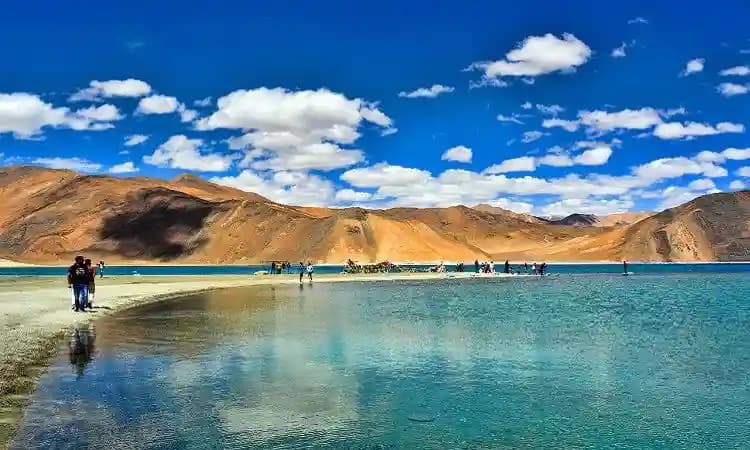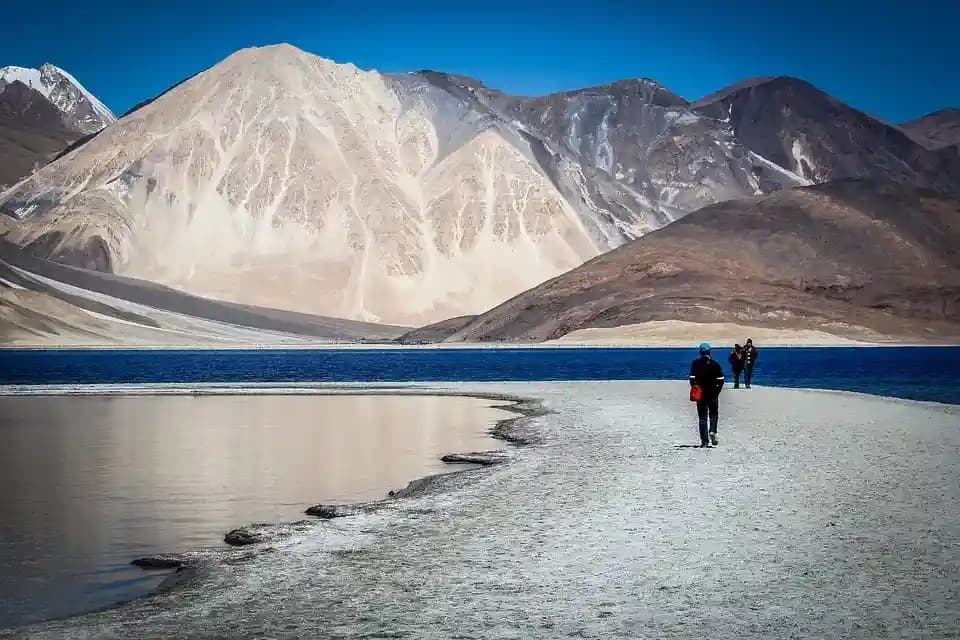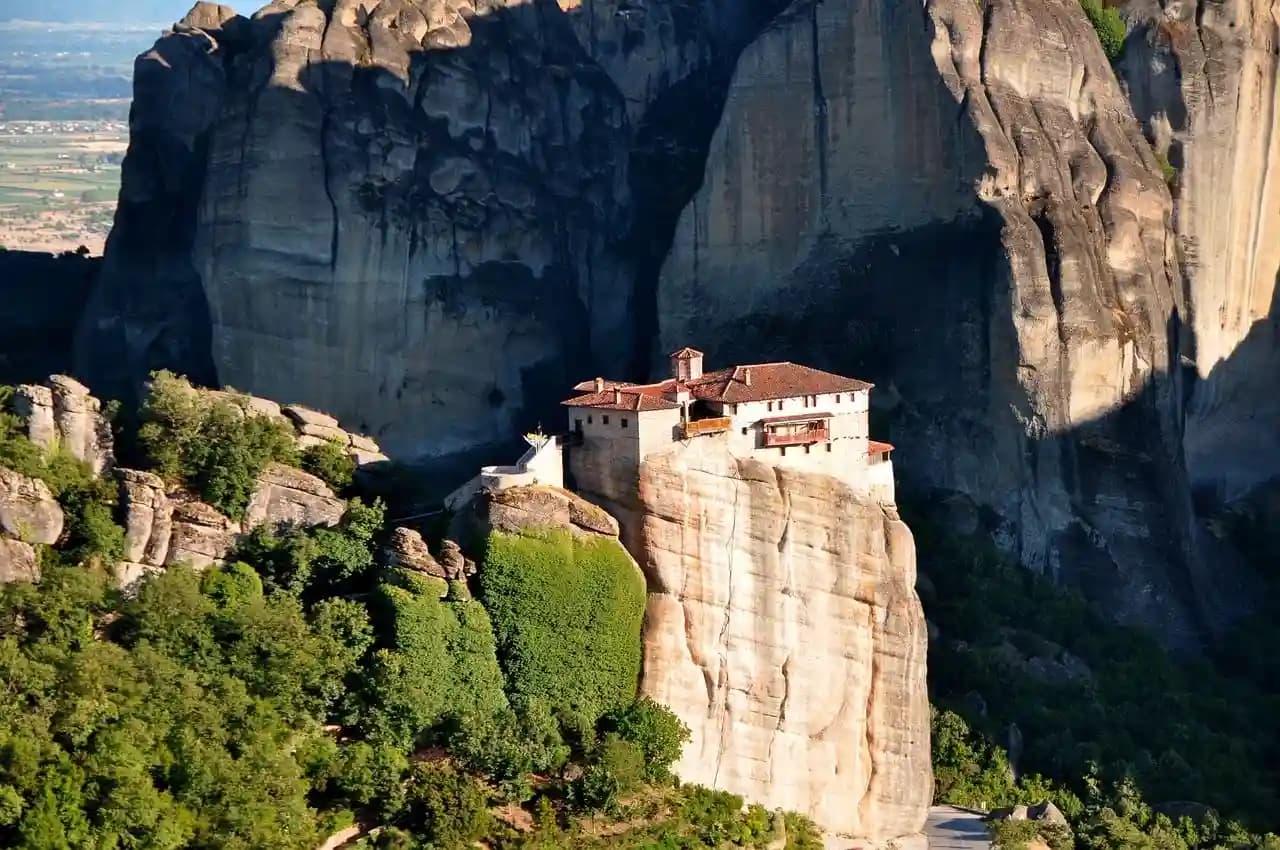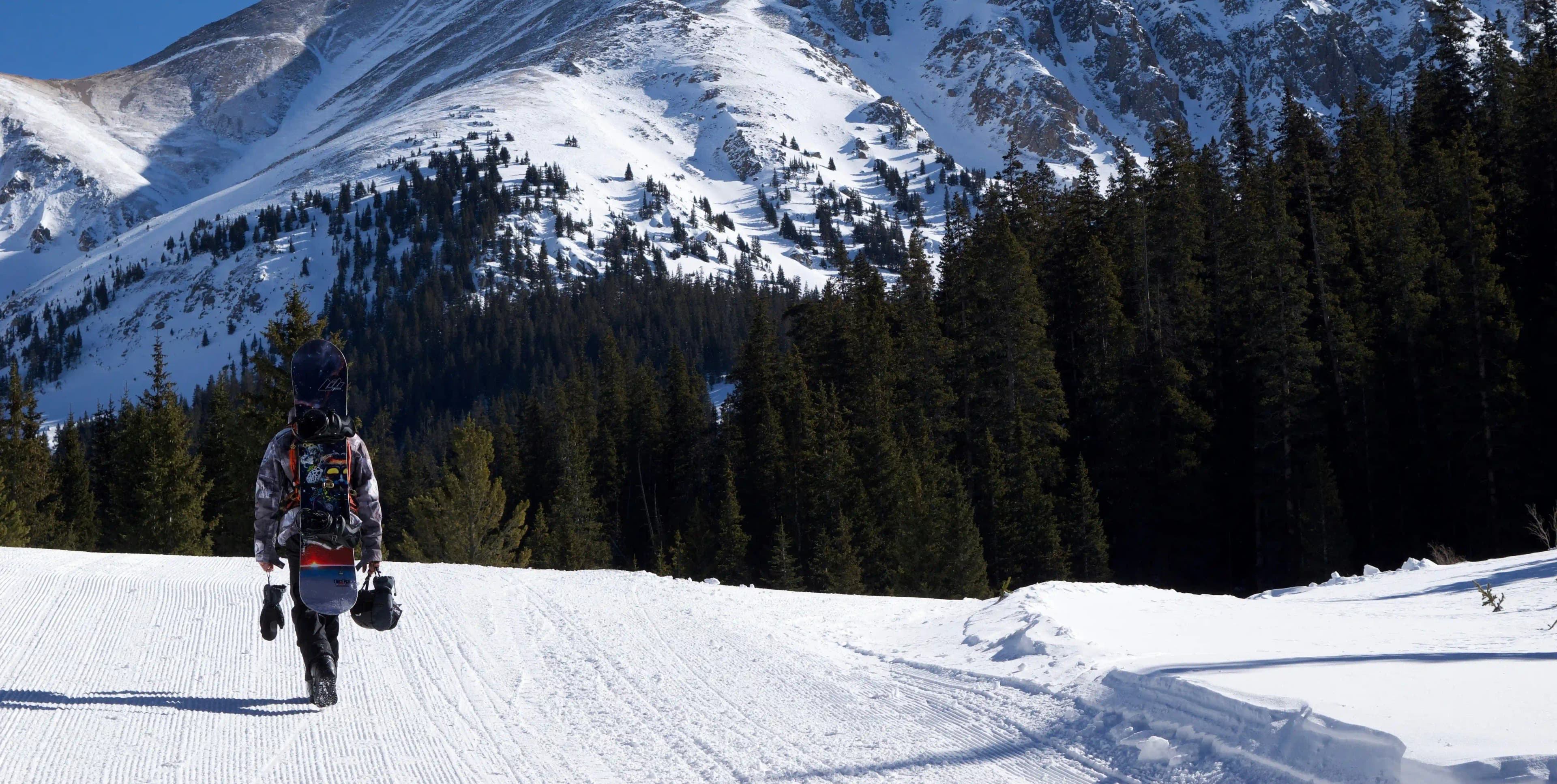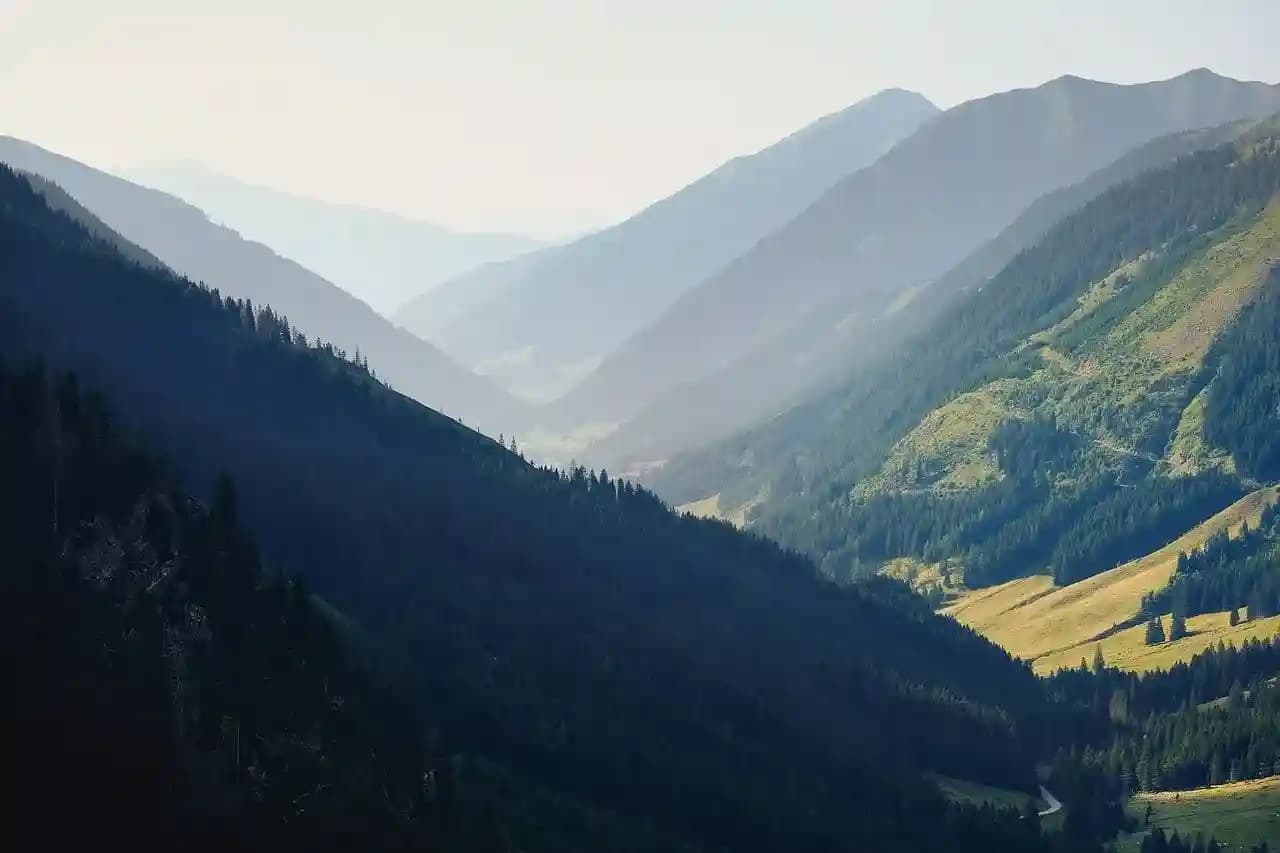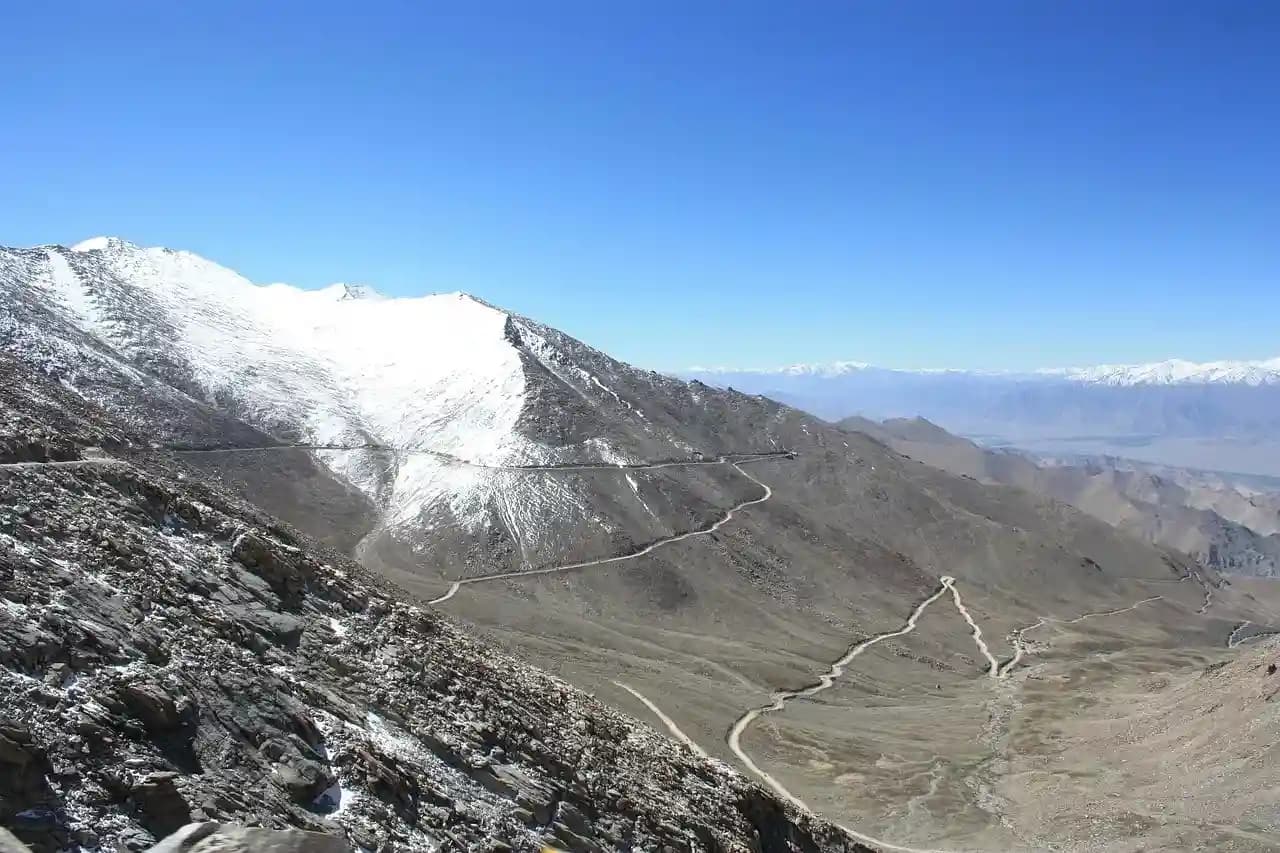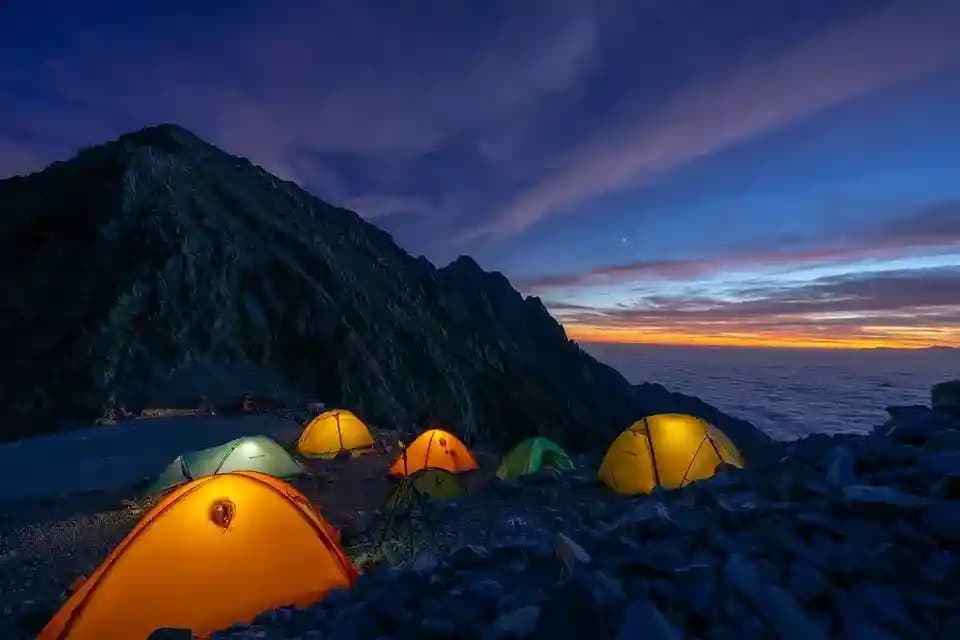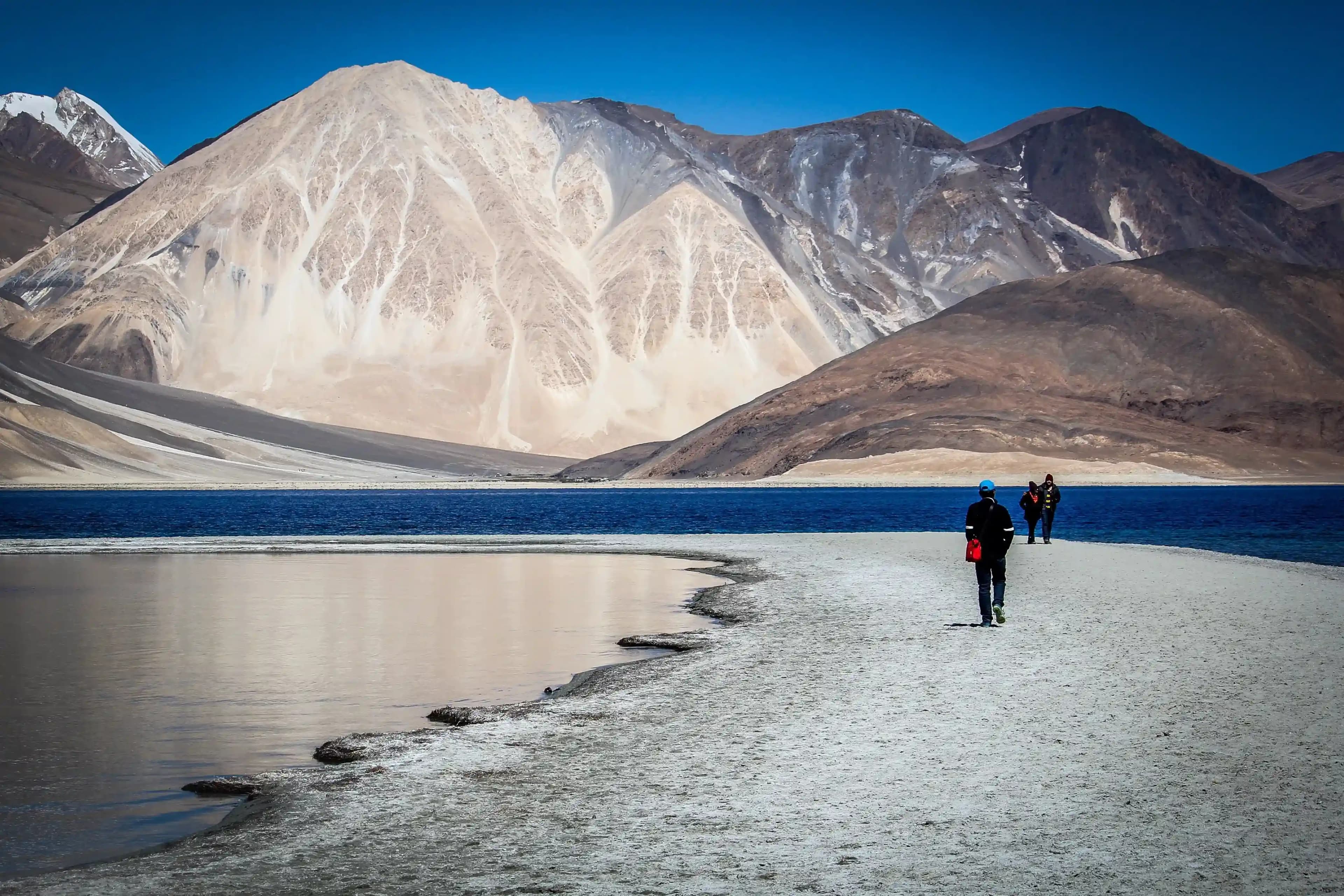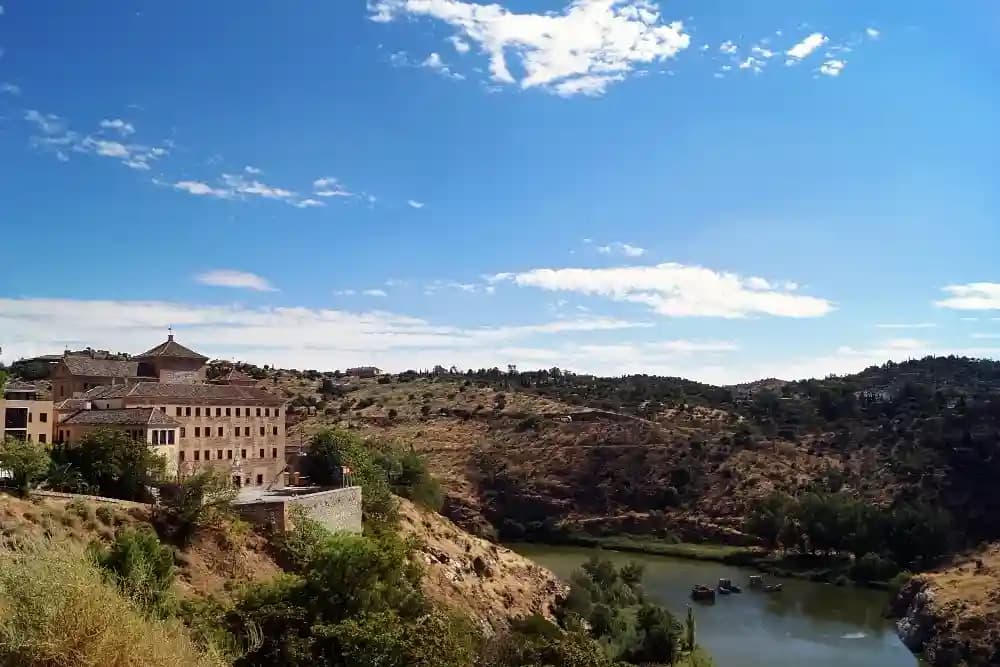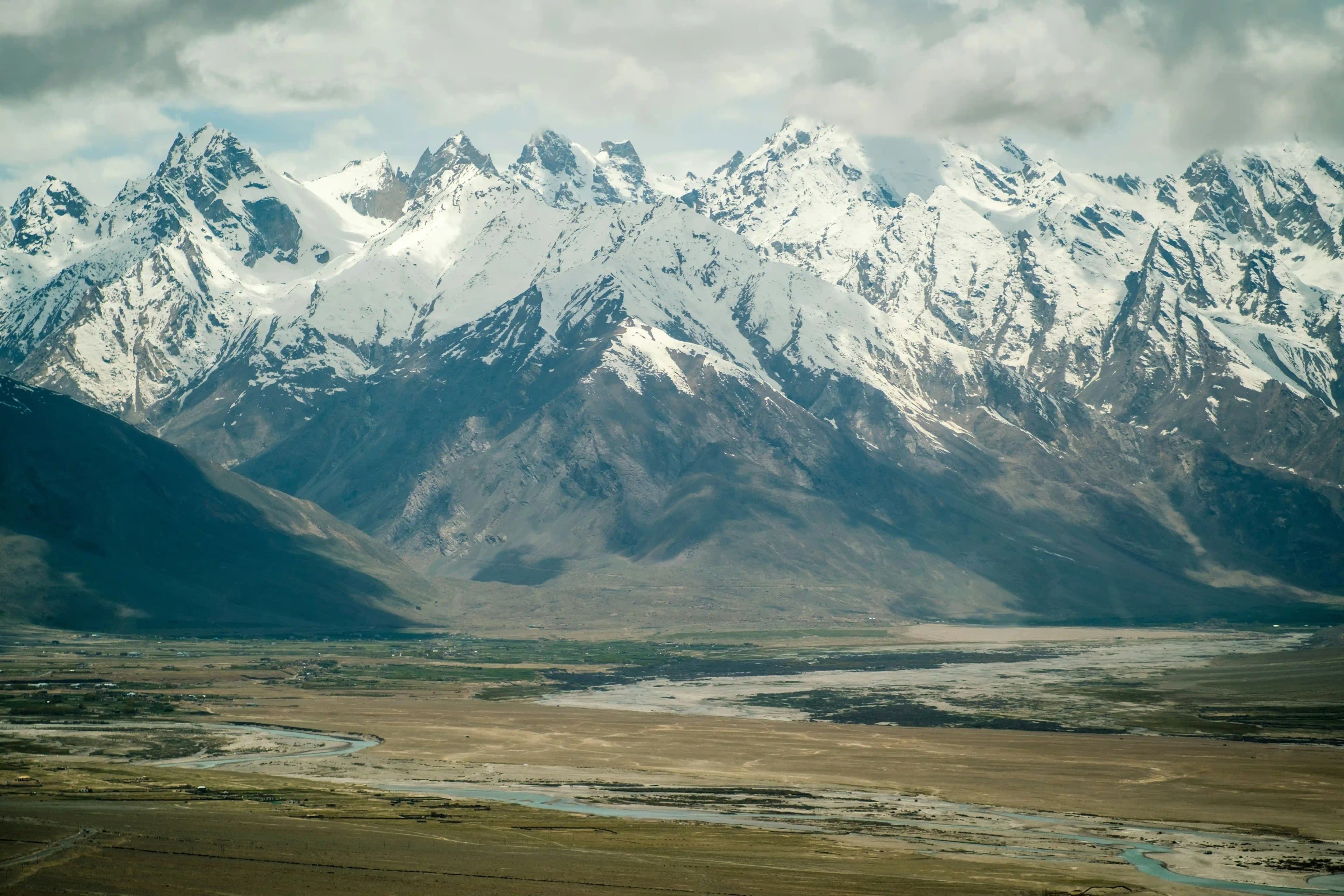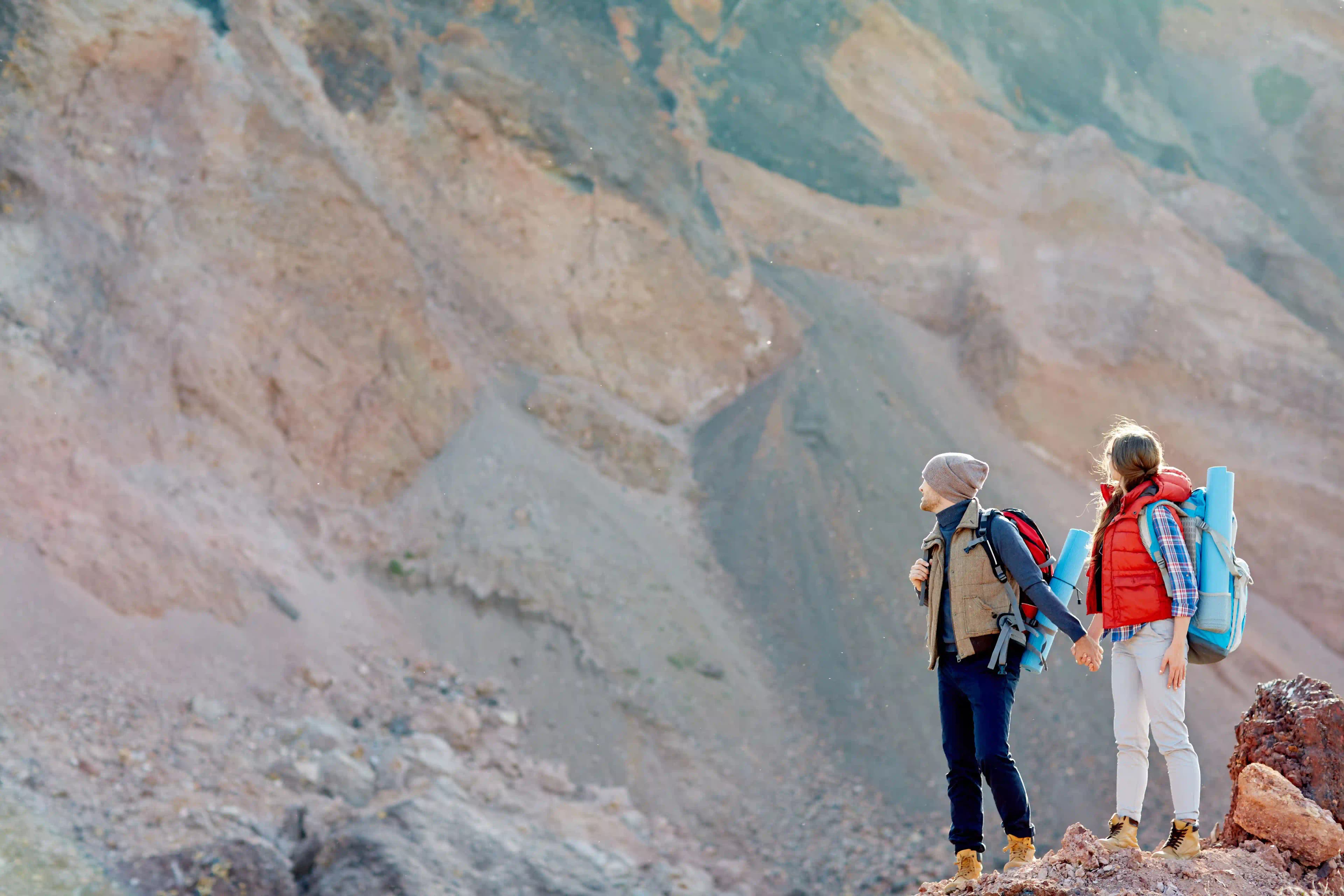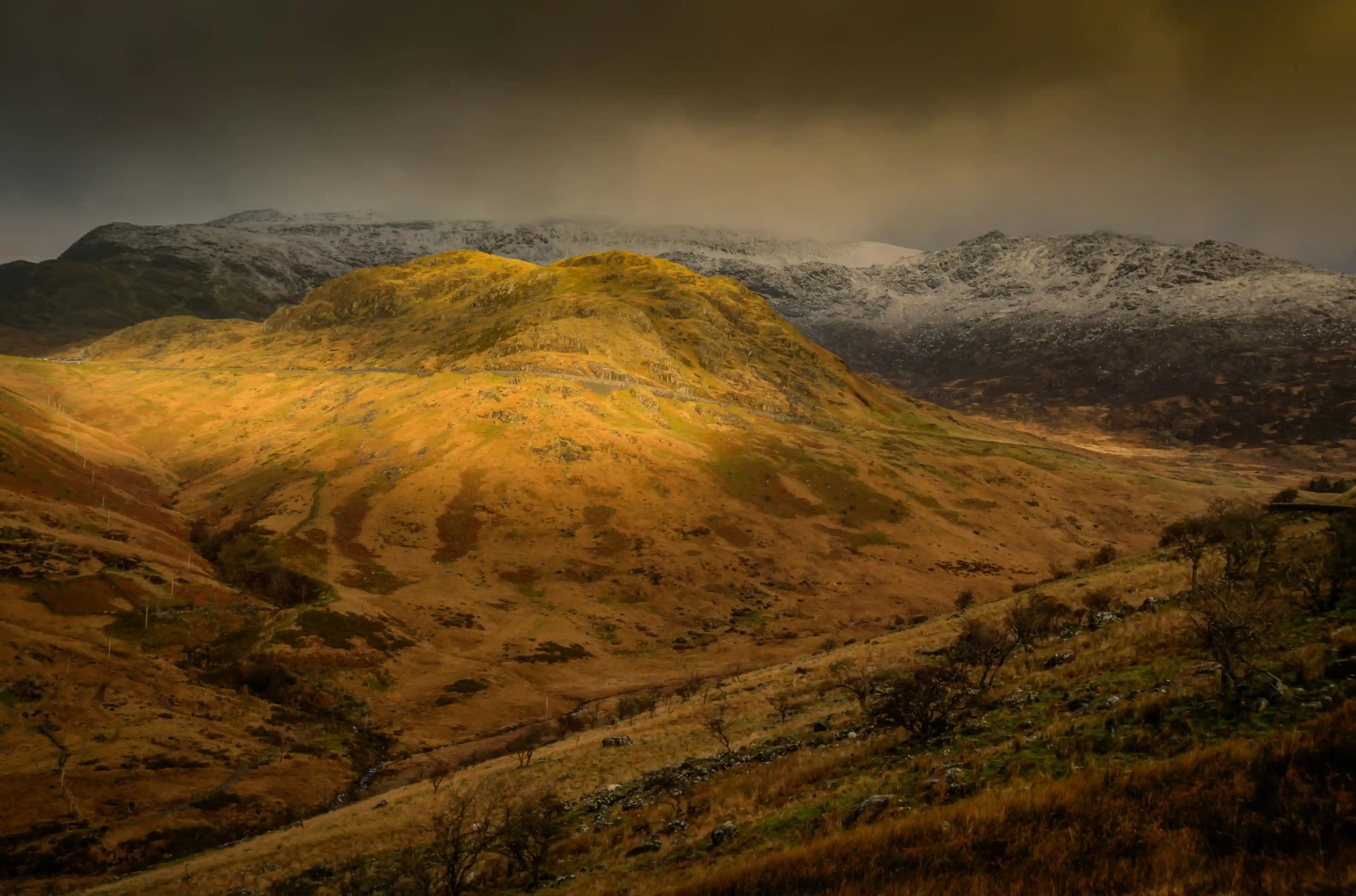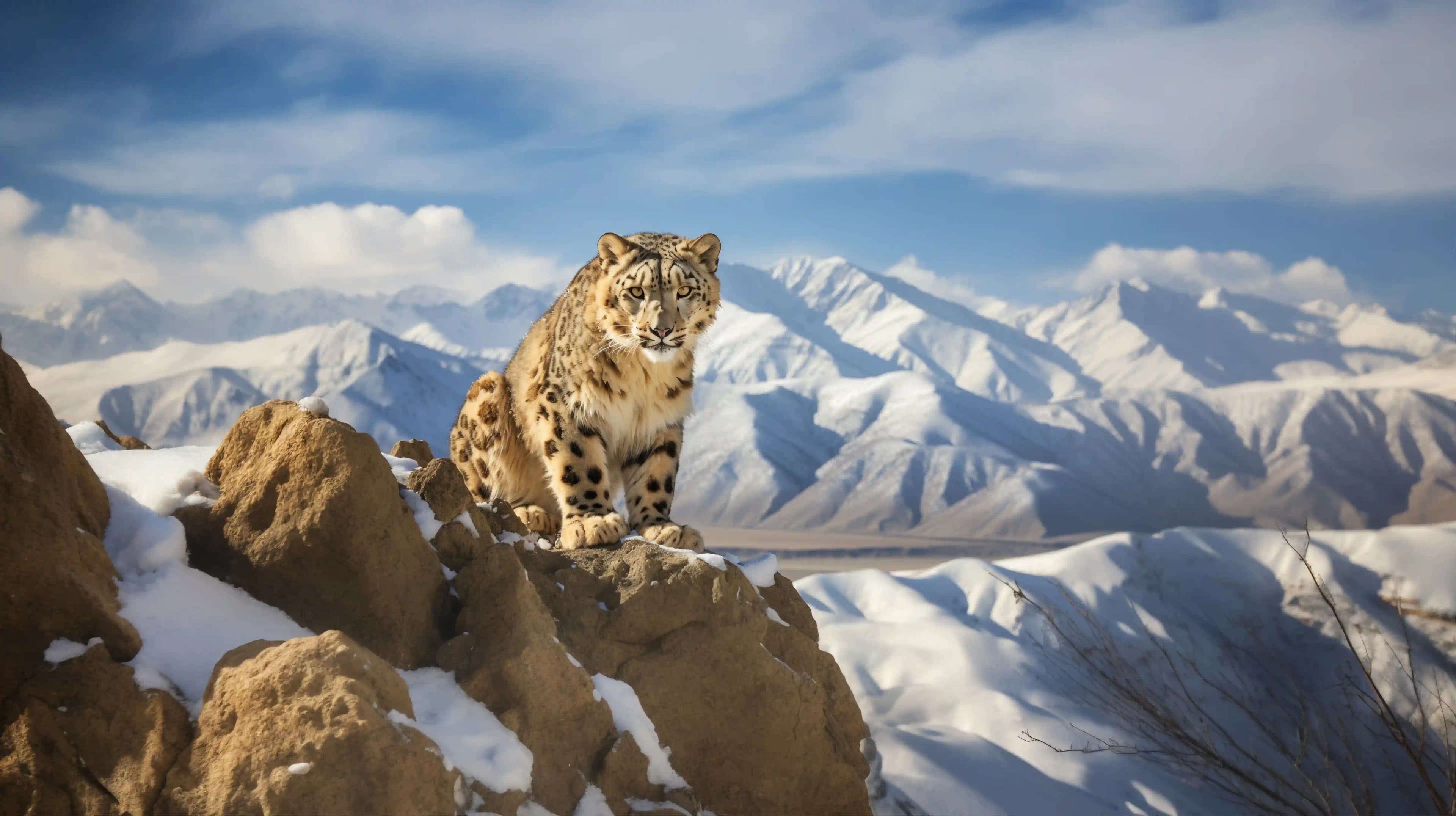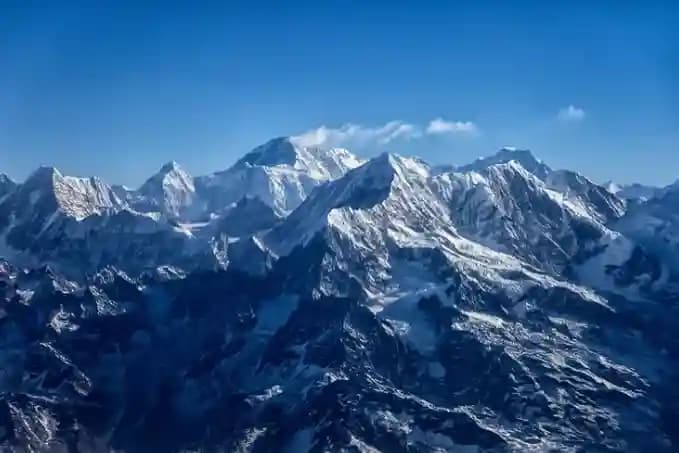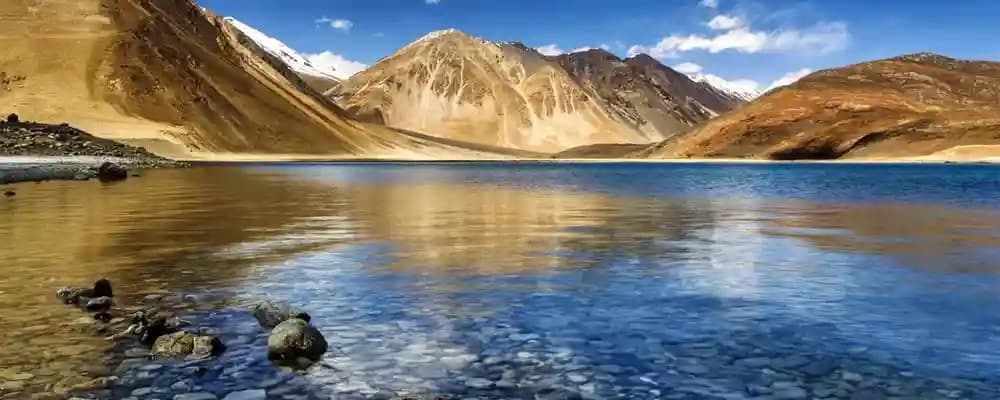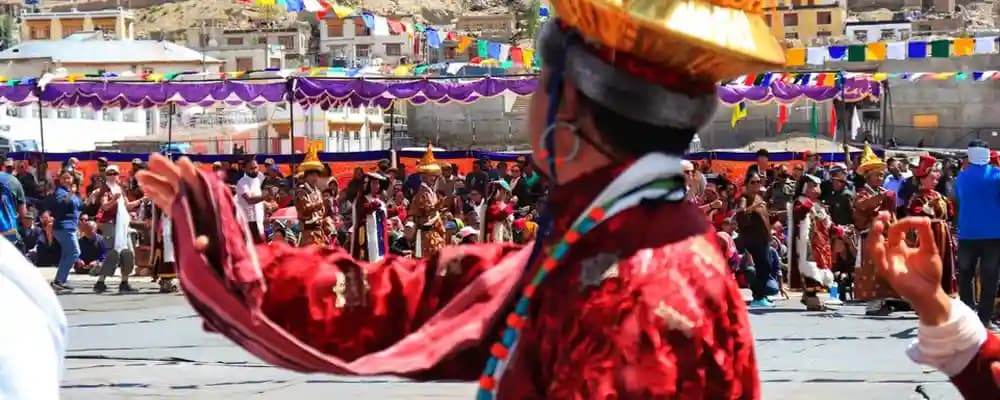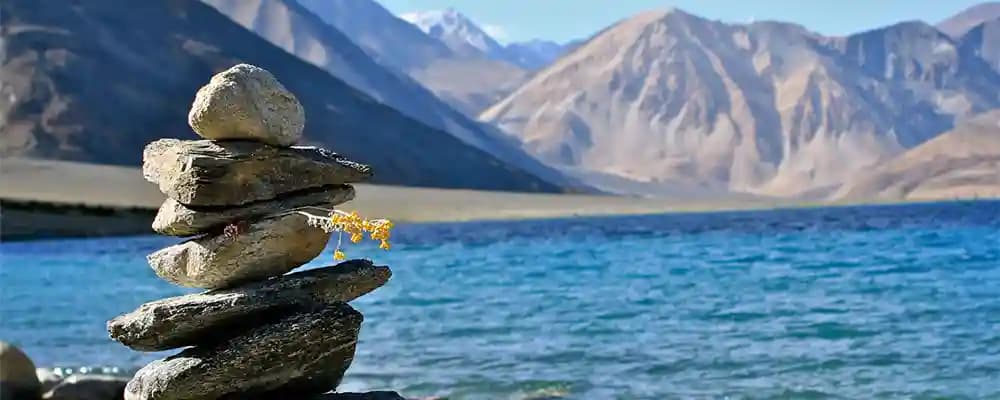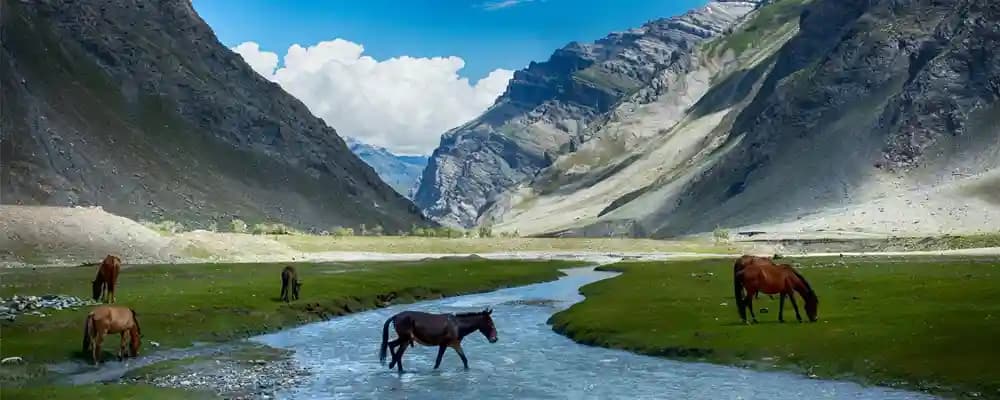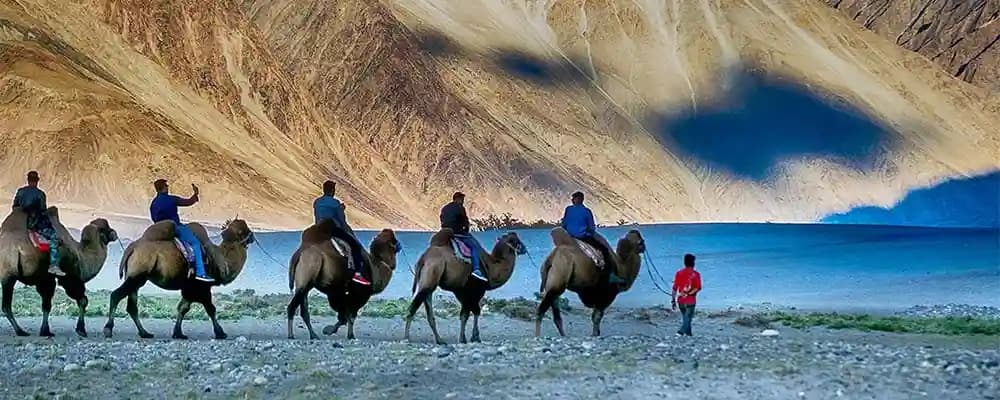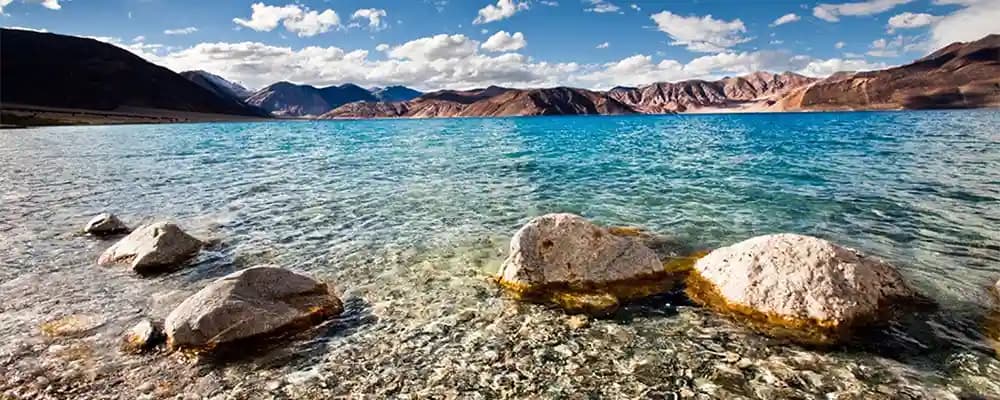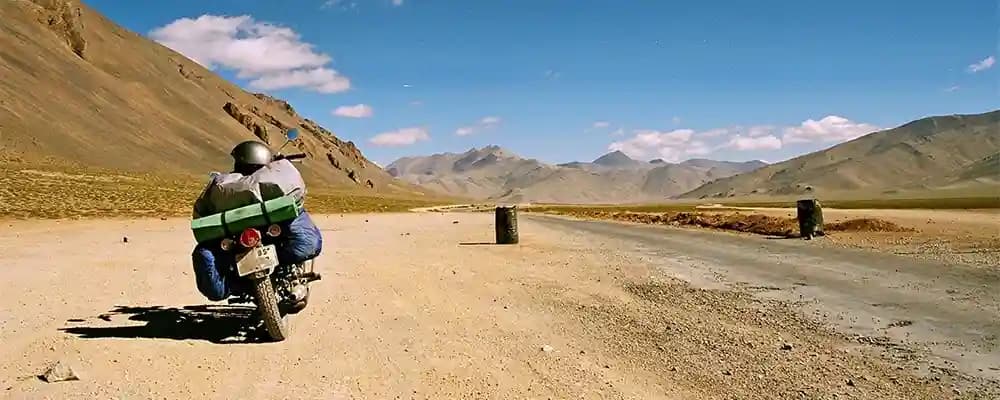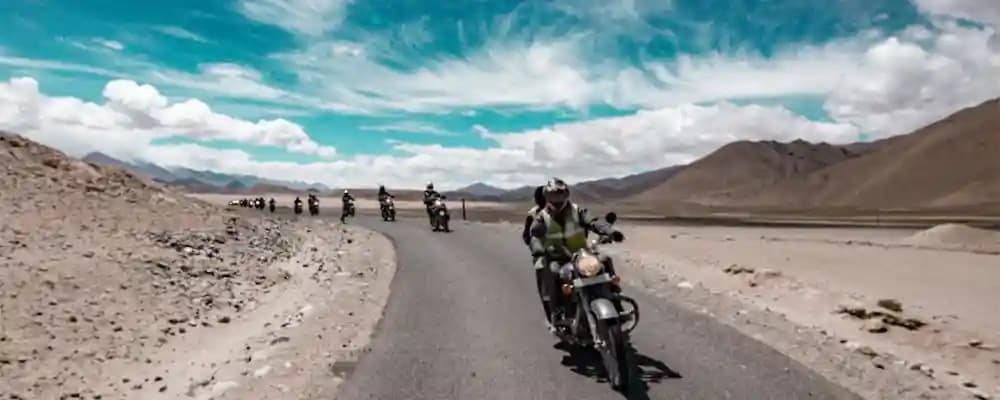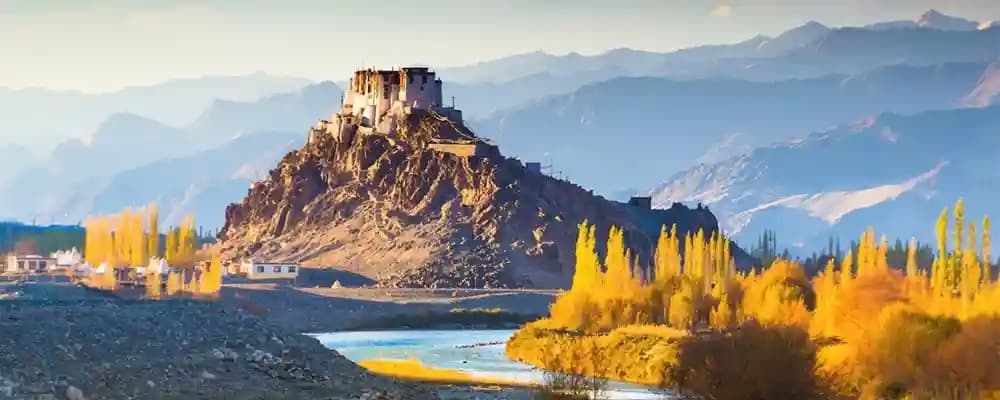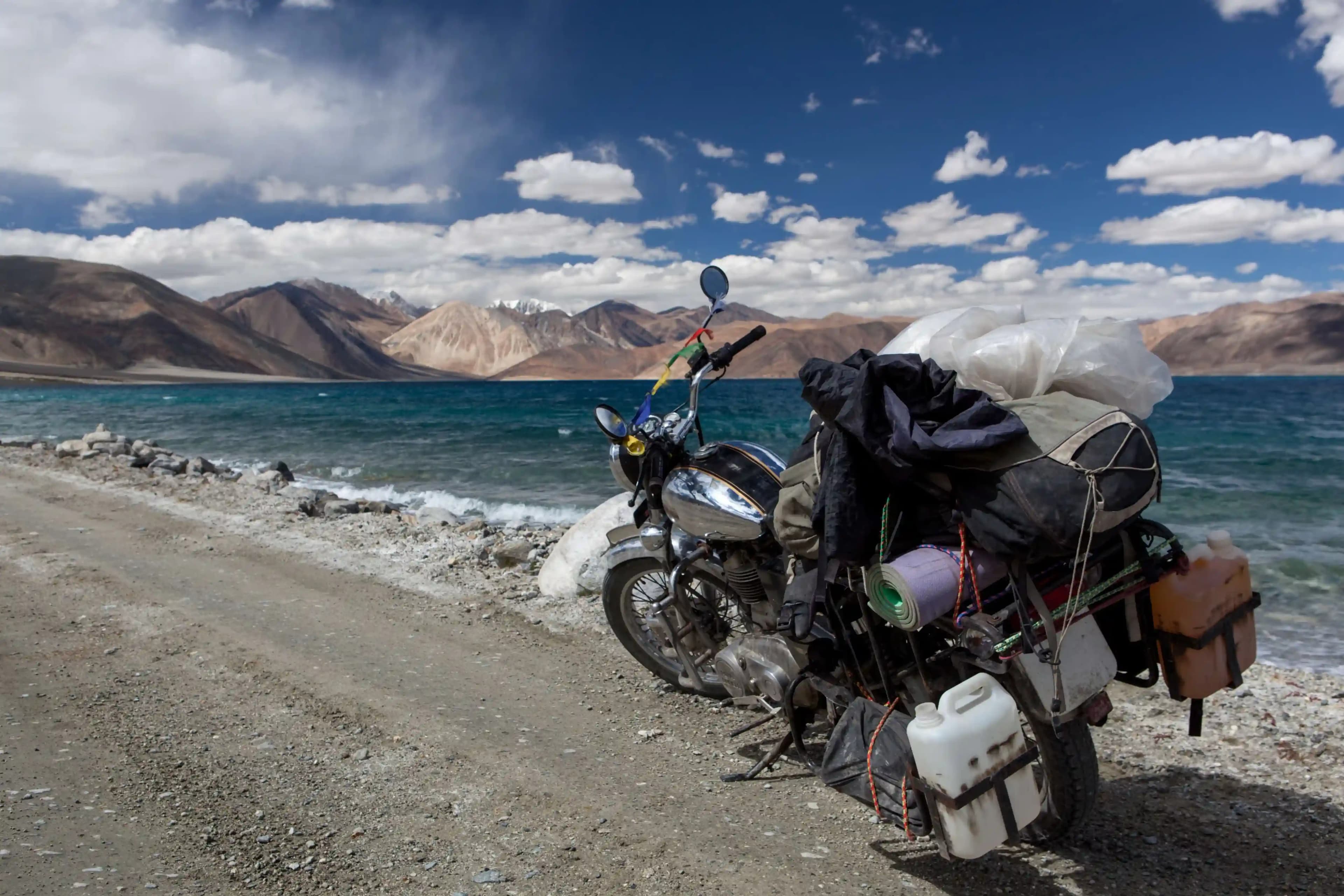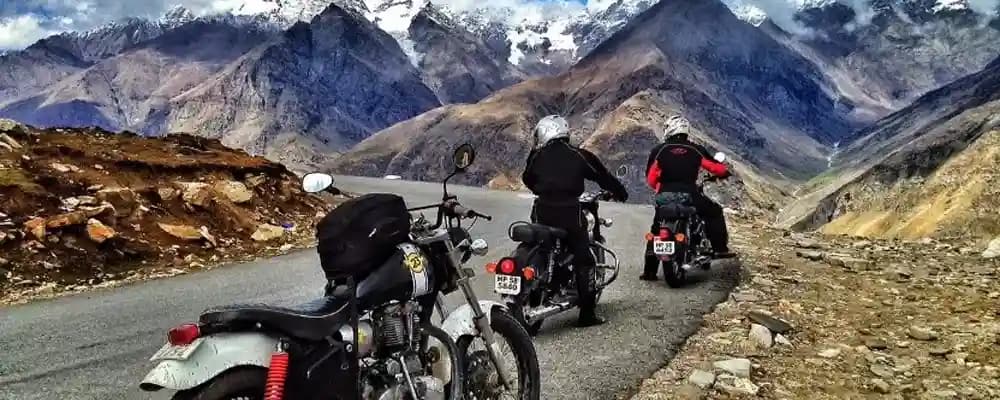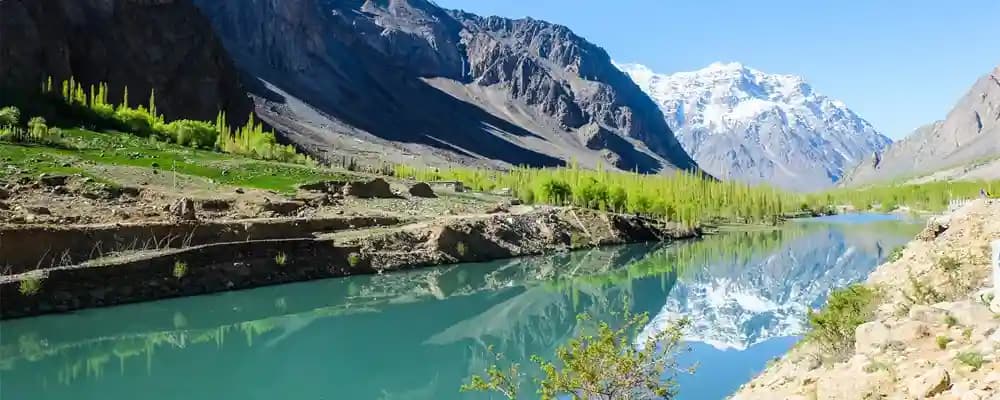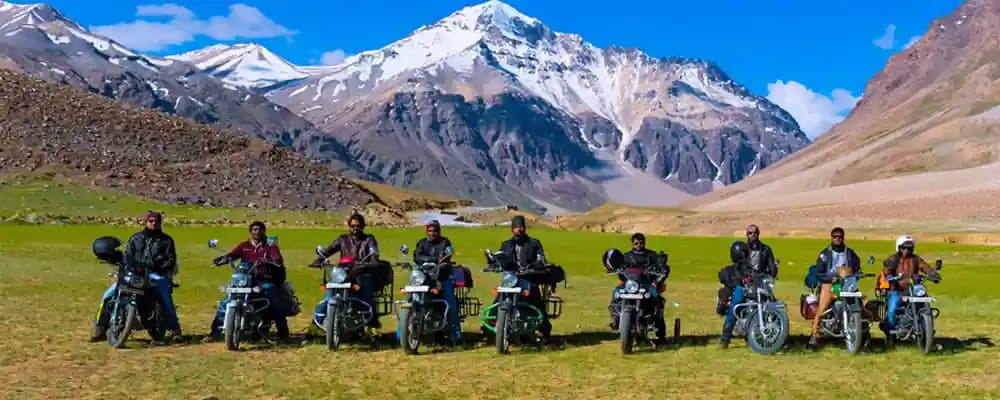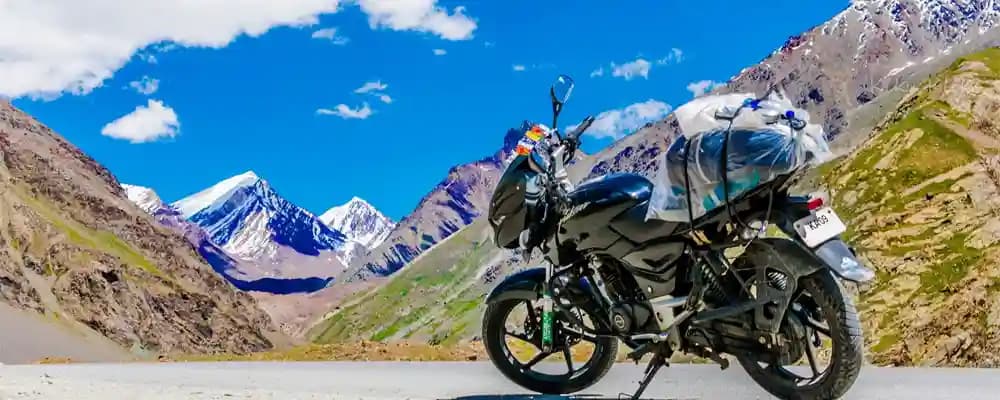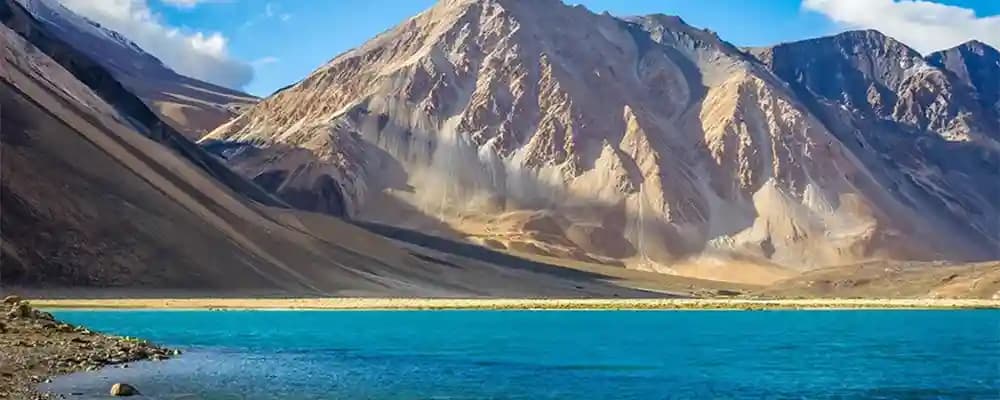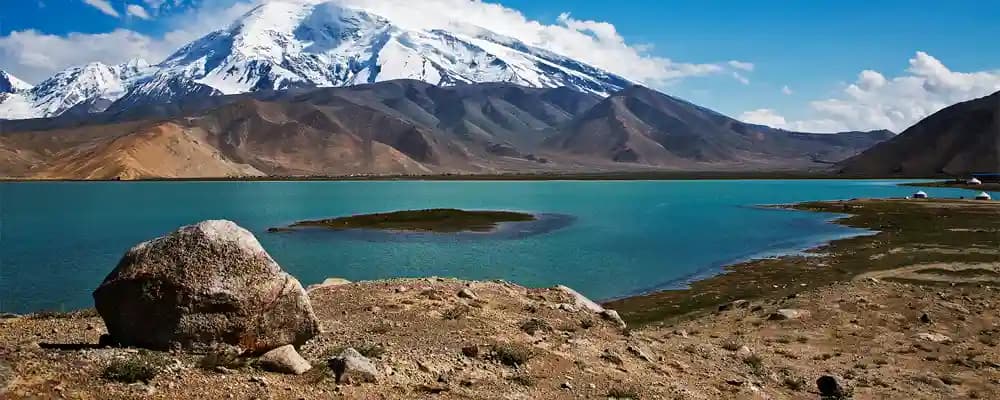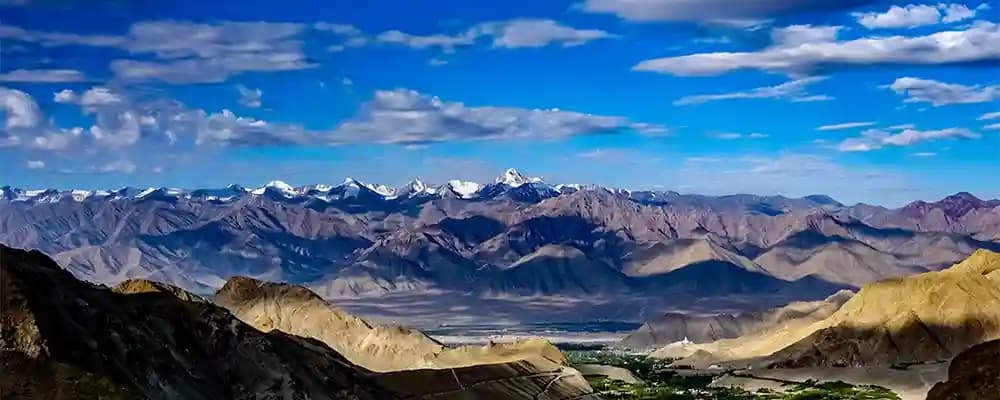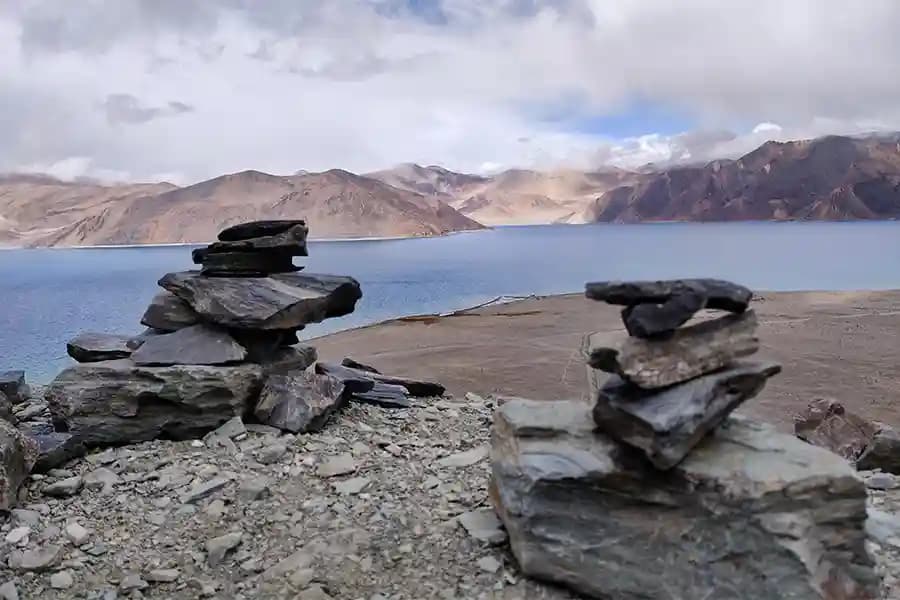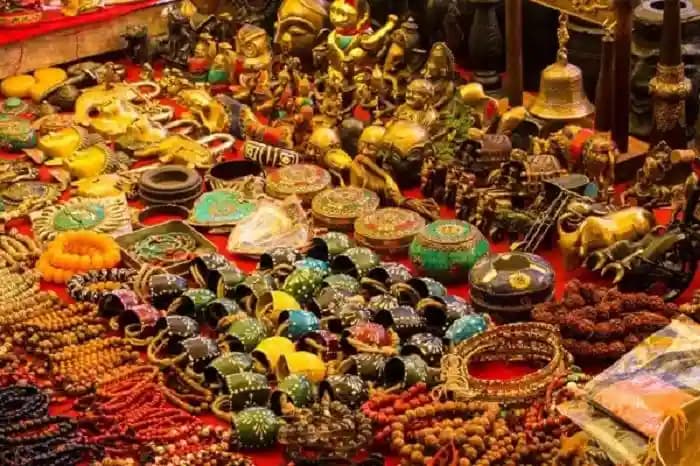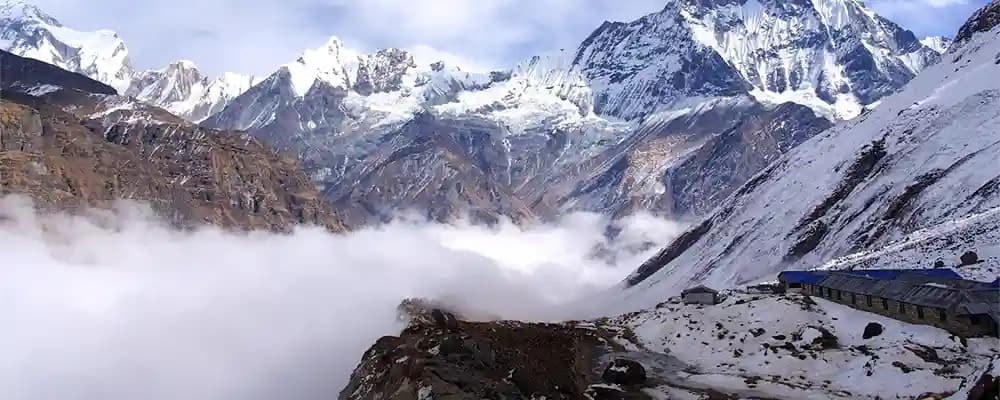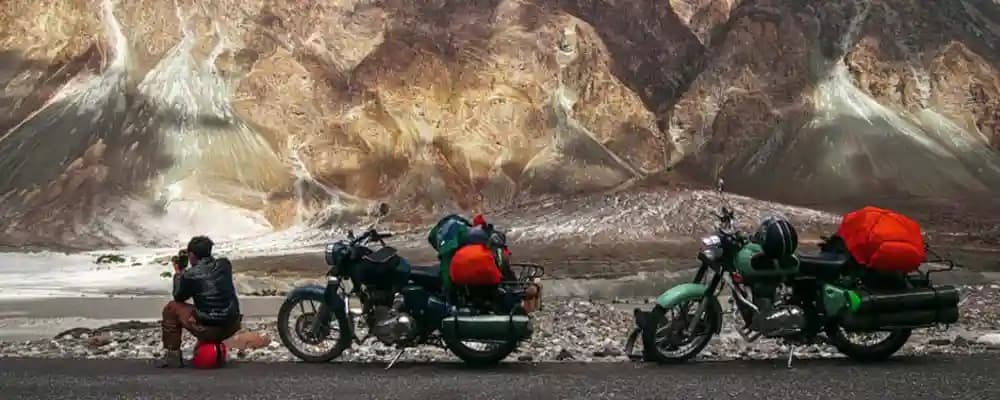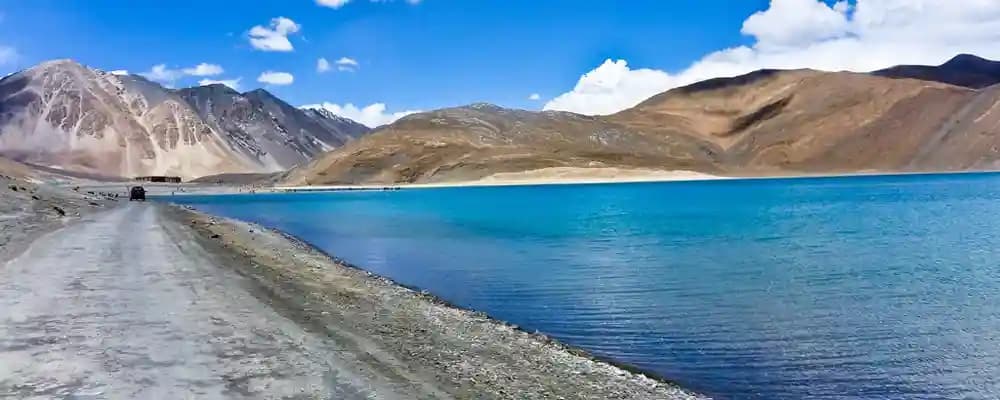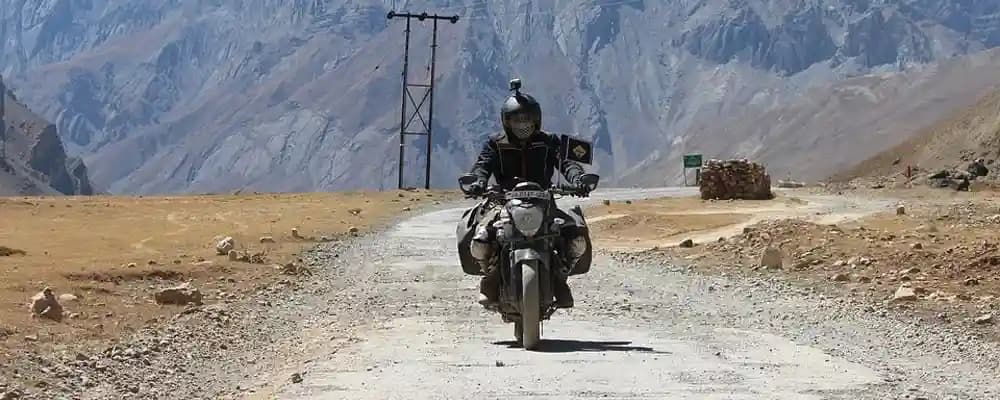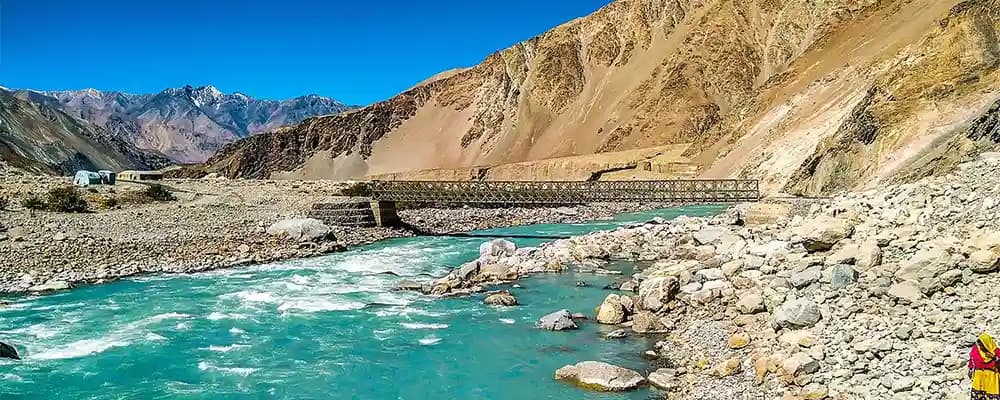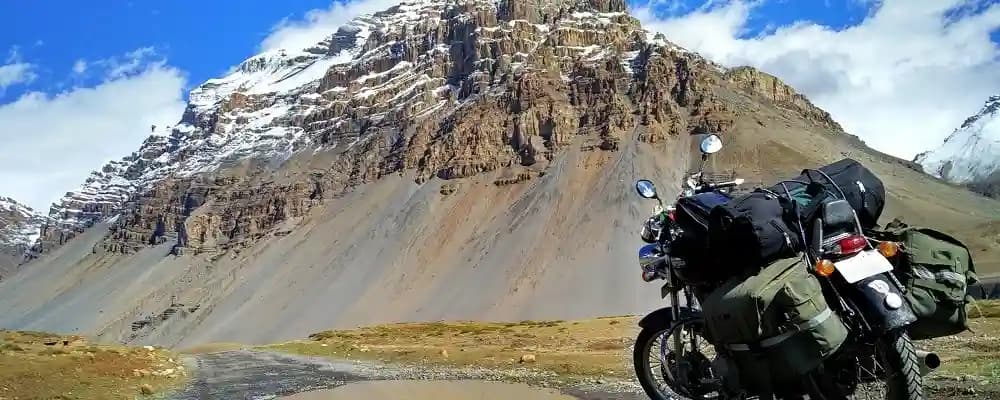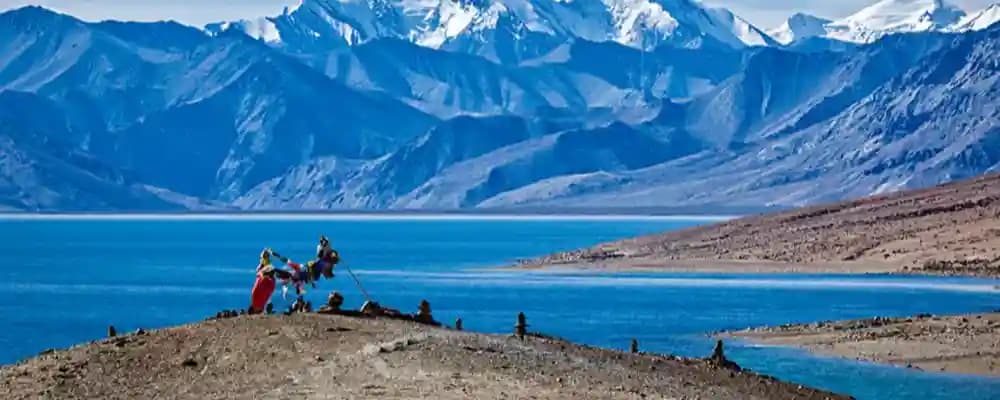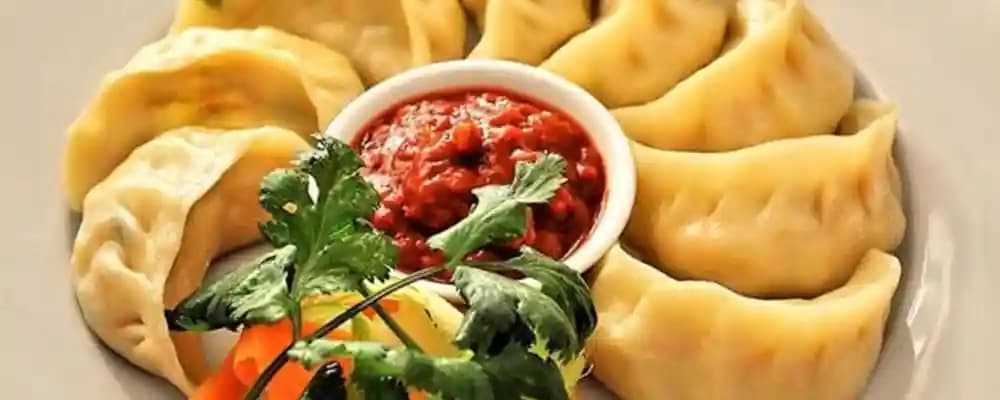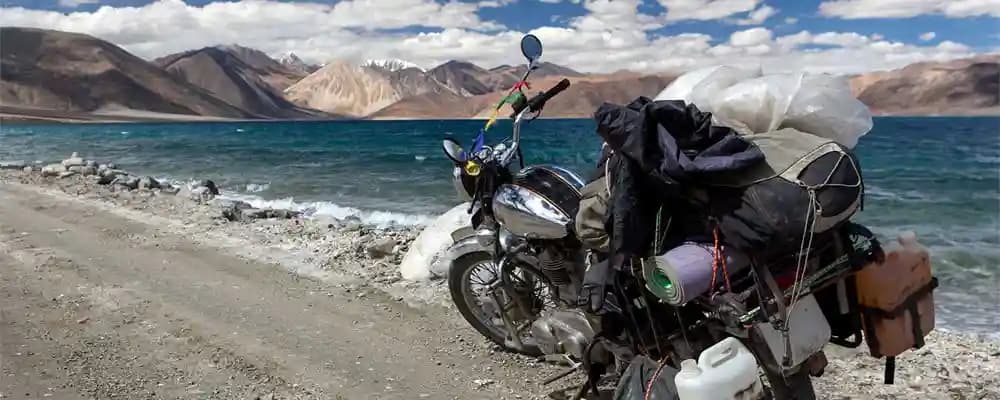When it comes to exploring a new destination, connecting with the local people can add a profound dimension to your journey. Ladakh, often referred to as the "Land of High Passes," is no exception. Nestled in the northernmost region of India, Ladakh boasts a rich cultural tapestry and breathtaking landscapes. To truly experience the essence of this place, you need to go beyond the tourist spots and connect with its heart – the local people. In this guide, we will delve into how to connect with the warm and hospitable people of Ladakh, while on your leh ladakh tour packages and understand the key to their culture, history, and way of life.
Understanding Ladakh's People Culture and History

Before embarking on your Ladakh adventure, take some time to acquaint yourself with the region's culture and history. Ladakh's heritage is deeply influenced by Tibetan Buddhism, and nearly every village has a gompa, a Buddhist monastery. The primary languages spoken are Ladakhi, Tibetan, Urdu, and Balti. This cultural amalgamation creates a unique blend of traditions and beliefs that shape the lives of the local people.
Ladakh's history is equally captivating. It was previously known as Maryul and has been fondly referred to as "mini-Tibet." In 2019, it became a separate revenue and administrative entity within the larger Jammu and Kashmir region. The twin capitals, Leh and Kargil, add historical significance to this land. Leh, in particular, became the winter capital under the patronage of Dogra Kings.
Suggested Read: Sweet of Ladakh
Breaking the Ice: Learning the Local Lingo

One of the most effective ways to connect with the people of Ladakh is to learn a few basic phrases. These phrases will not only help you initiate conversations but also show your genuine interest in their culture. Here are some essential words and phrases to get you started:
- Jullay: This versatile word means hello, goodbye, and thank you, and it's often called the "aloha" of Ladakh.
- Chatsel Jullay: Use this phrase to respectfully greet a monk.
- Nato Deleks: Say this to wish someone a good morning.
- Khamzang inalay: To ask "how are you," use this phrase.
- Chu: When you need water, simply say "chu."
The Ladakhis are known for their warm and jovial nature. They cherish their culture and heritage, celebrating every occasion with gusto.
If you're specifically interested in polo, you might want to check if there are any local polo events or tournaments happening during your visit. Polo matches in Ladakh can provide a unique and thrilling experience, often played in scenic locations against the backdrop of the Himalayas.
As for Leh Ladakh tour packages, there are numerous travel agencies that offer customized packages to explore the region. These packages usually include visits to popular attractions like Pangong Lake, Nubra Valley, Magnetic Hill, and monasteries such as Thiksey and Hemis. Adventure enthusiasts can also engage in activities like trekking, river rafting, and camel safaris.
Connecting on a Deeper Level

While language and culture provide a gateway to connect, the true essence of forging meaningful connections lies in your approach. Be humble, open, and respectful towards the local people. Show genuine curiosity about their way of life, and you'll find that Ladakhis are more than willing to share their stories, beauty, traditions, and hospitality.
Occupation of Ladakh People

Ladakh's people lead a unique and resilient life. Agriculture is the cornerstone of their livelihoods, with crops like barley, wheat, buckwheat, peas, rapeseed, and beans being the mainstay. In the lower-altitude regions, you'll find apple and apricot orchards.
Sheep-rearing is another essential profession for the Ladakhis, with Chang-pas tending to the long-haired goats and sheep that provide the prized Pashmina wool. The Ladakhis are enthusiastic traders, with raw wool being a valuable commodity. They travel far and wide to exchange their goods for essential items like salt, dry fruits, pearls, and semi-precious stones.
Polo, played on swift ponies, is a beloved pastime that showcases their passion for sports. Hunting is also significant, with foreign hunters seeking ibex, red bear, and other wildlife in Ladakh's pristine landscapes. The region is blessed with valuable natural resources like gold, copper, and semi-precious stones.
Read More: 21 Amazing Facts of Leh Ladakh
Lifestyle and Social Structure

The Ladakhis' lifestyle is distinct from the rest of India, with their physical appearance, attire, and customs bearing a strong resemblance to Tibet and Central Asia. The concept of primogeniture plays a crucial role in their social structure, with the eldest son inheriting the family's ancestral property.
Community spirit is deeply ingrained in Ladakh, evident in practices like communal farming, where villagers come together to sow and reap crops. While certain traditional customs, such as fraternal polyandry, have declined over time, their sense of community remains robust.
Suggested Read: Shopping Places in Ladakh
Conclusion: A Journey of Connection
As you embark on your Ladakh adventure, remember that connecting with the local people is more than just a linguistic and cultural exchange; it's an opportunity to broaden your horizons and gain a deeper understanding of life. Be humble, be open, and be ready to immerse yourself in the rich tapestry of Ladakh's culture. Your journey will be enriched by the warmth and hospitality of the Ladakhi people, leaving you with memories to cherish for a lifetime. So, pack your bags, enjoy the Ladakh more than the trip, embark on that Ladakh trip you've been dreaming of, and let the magic of connection unfold.
